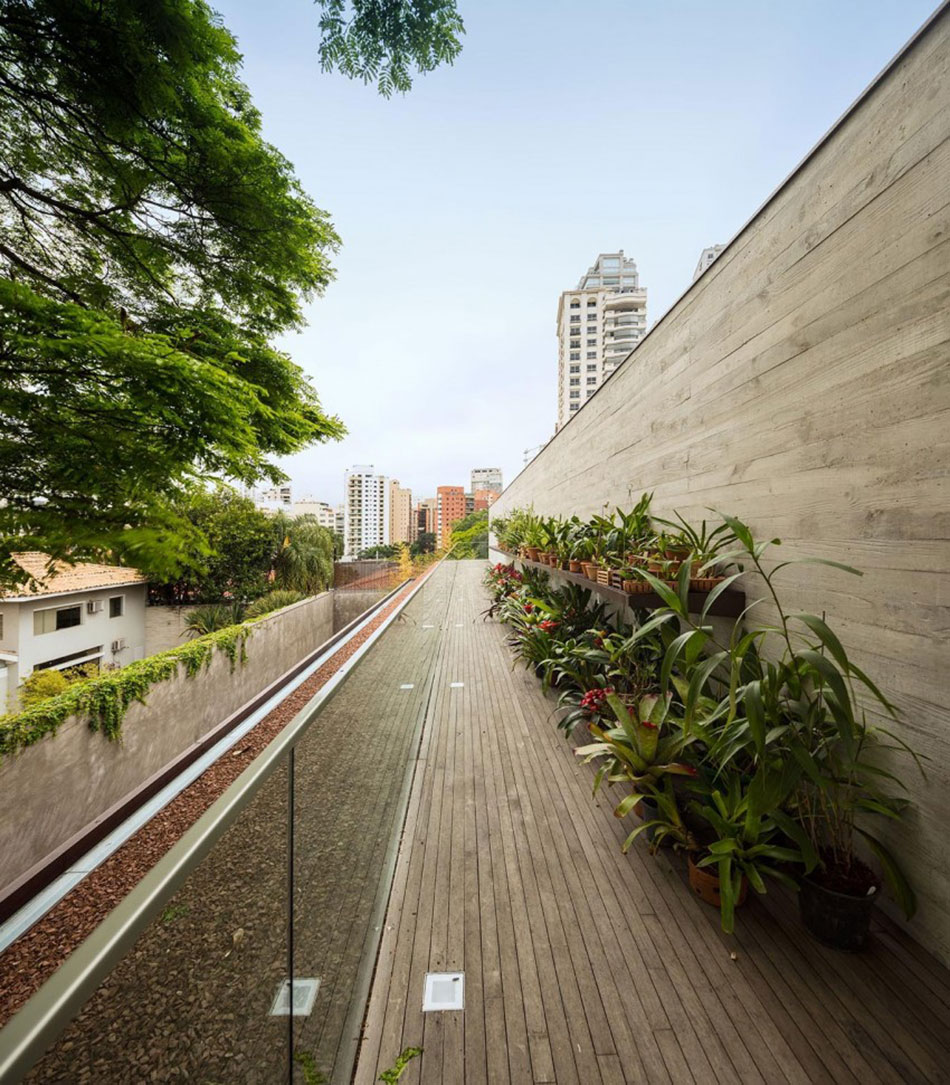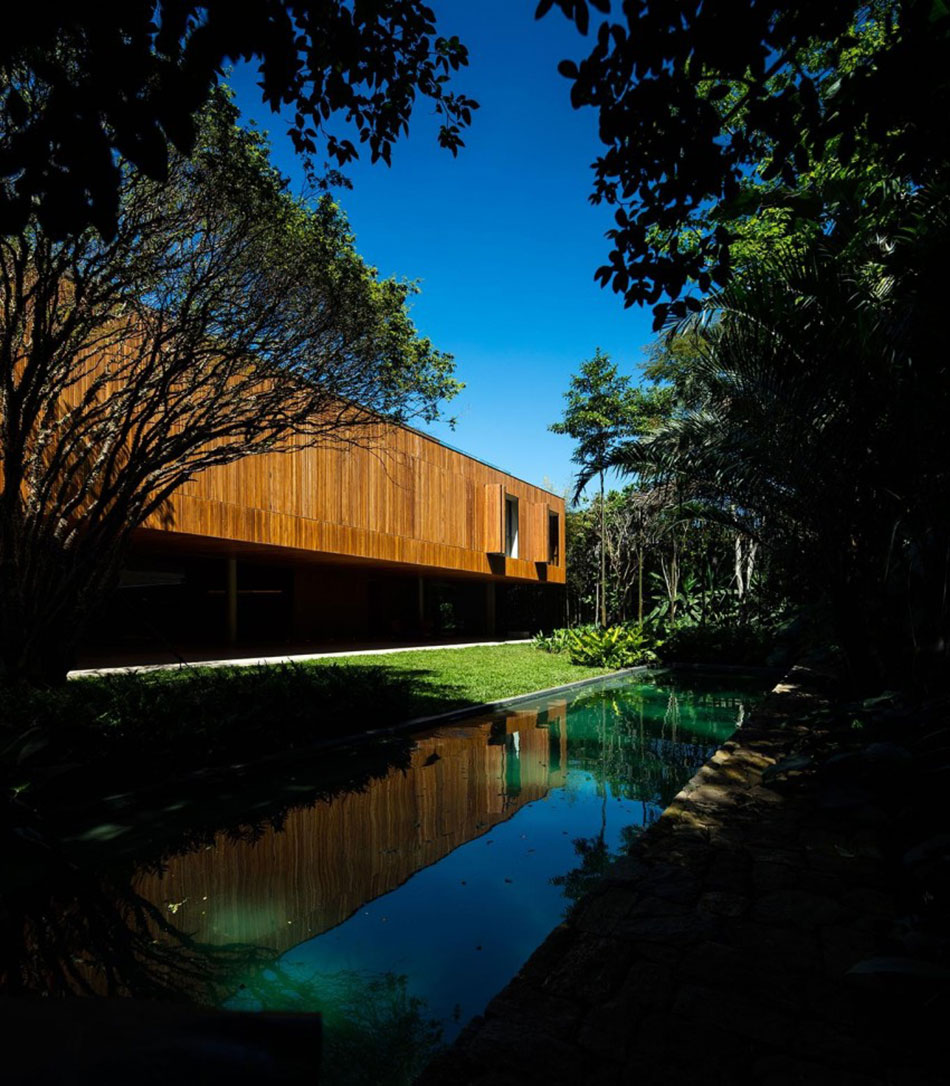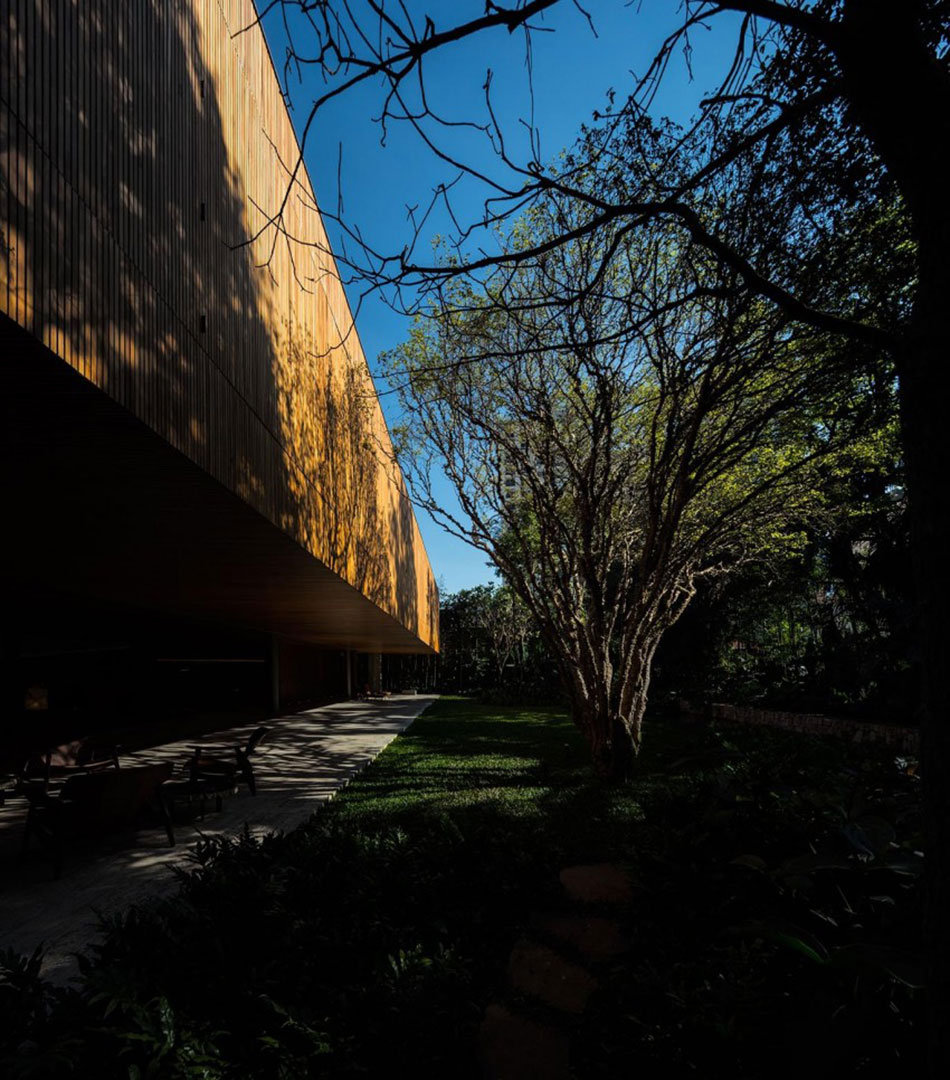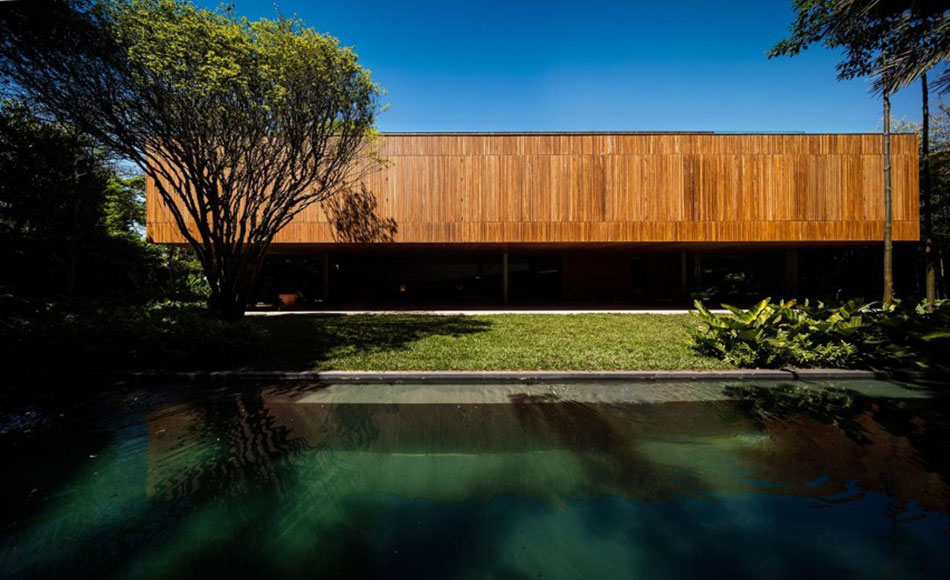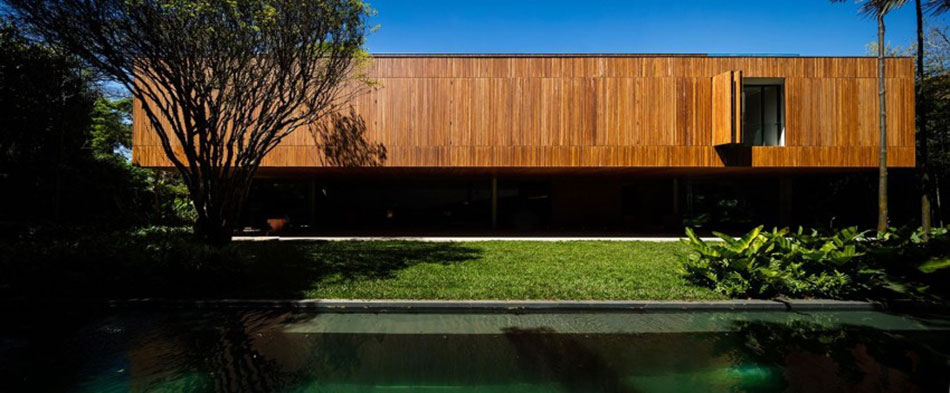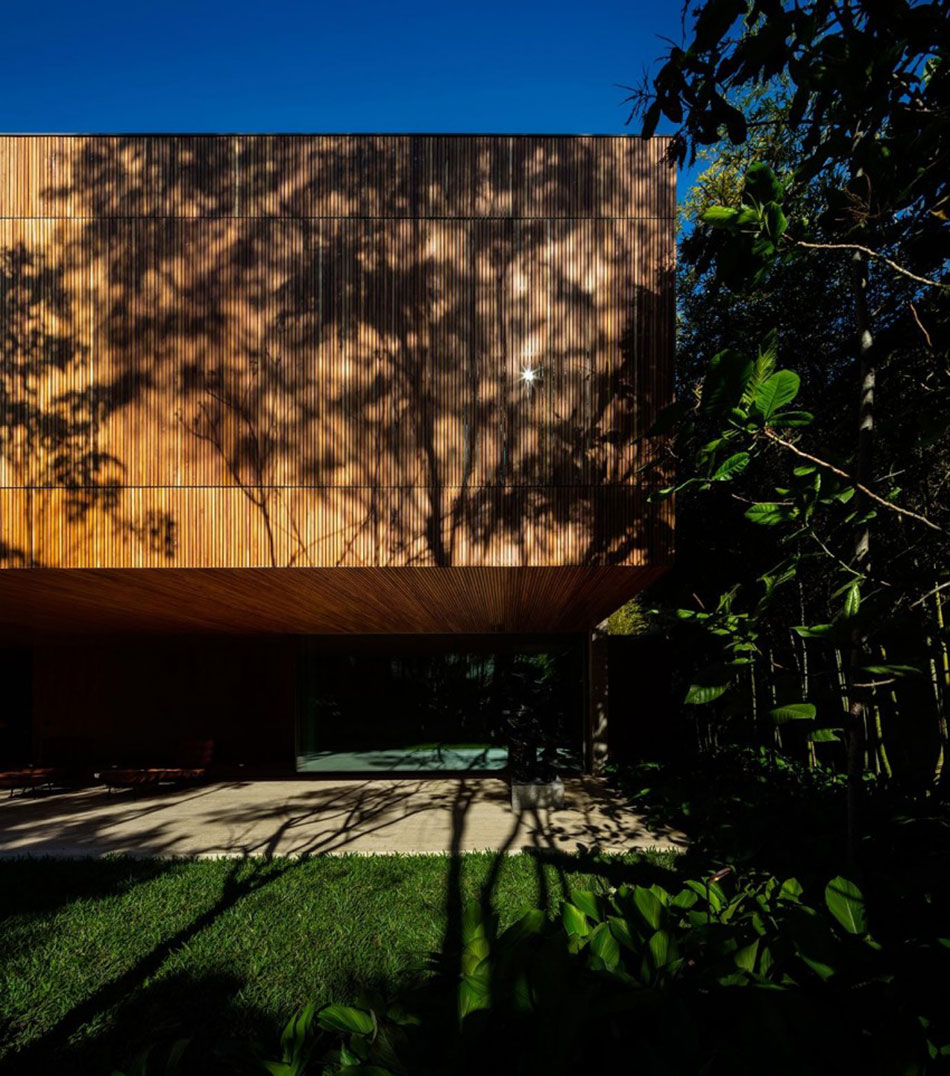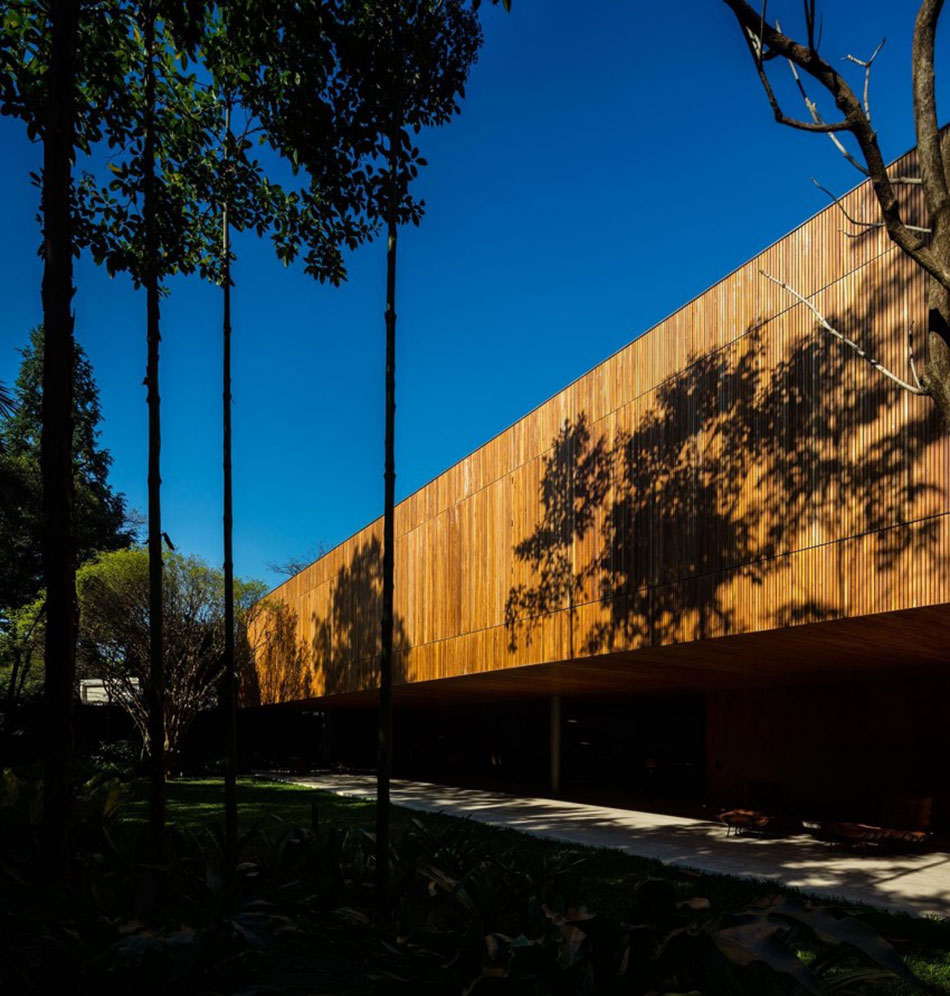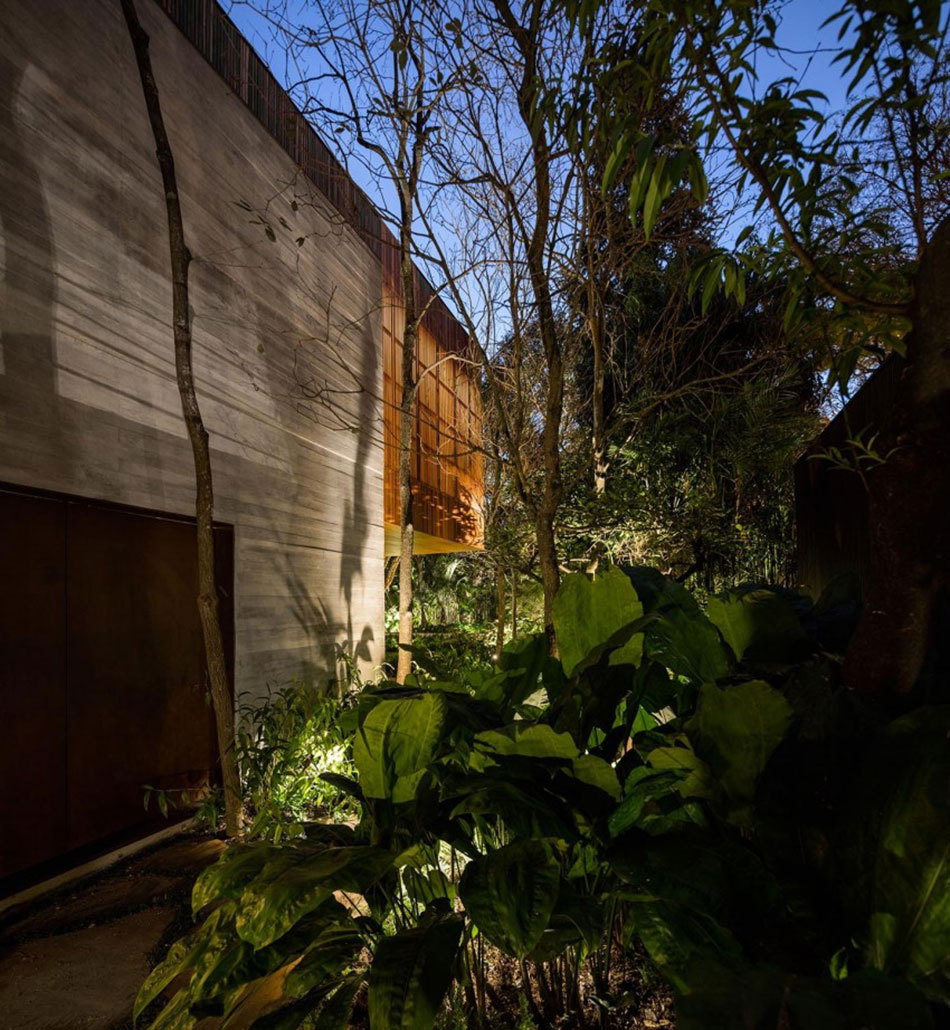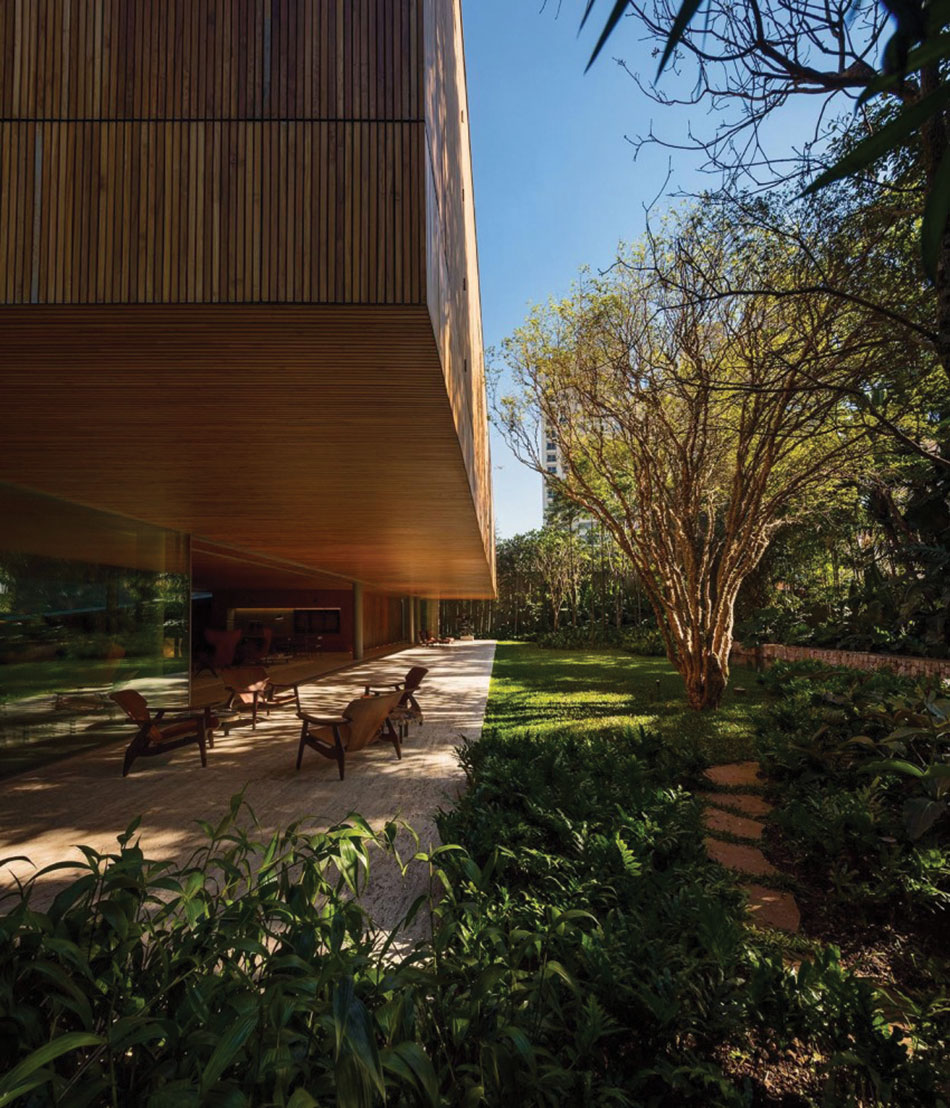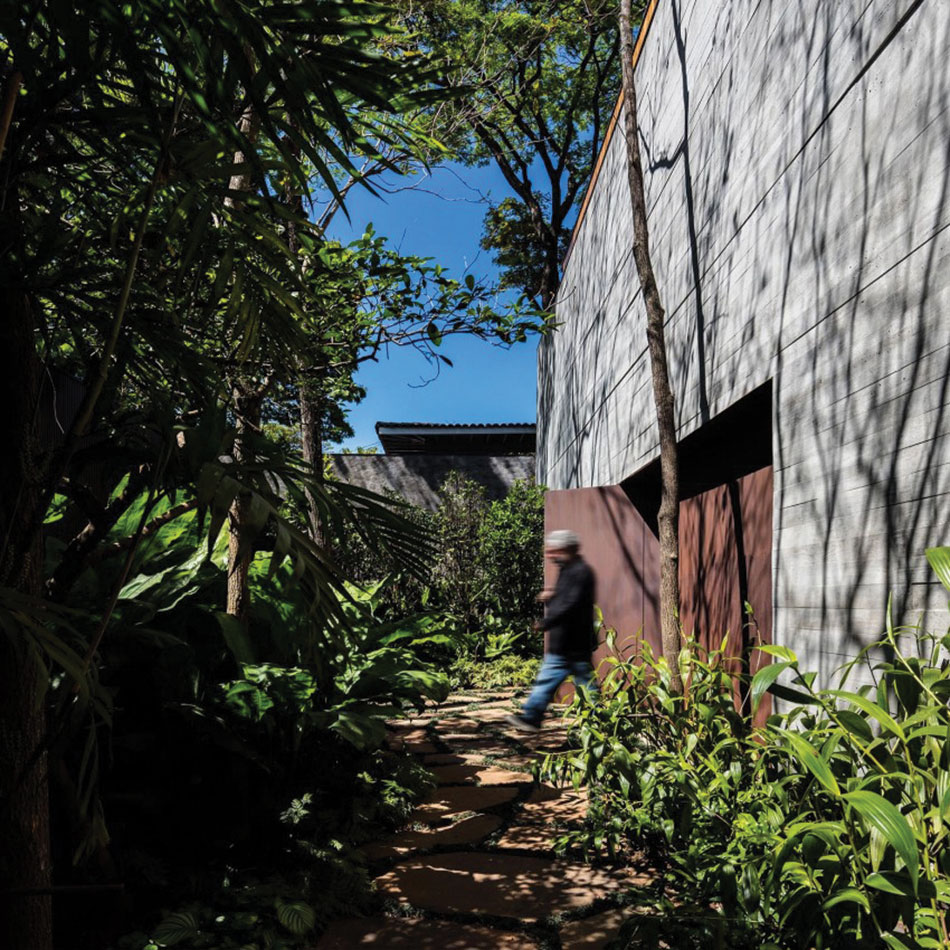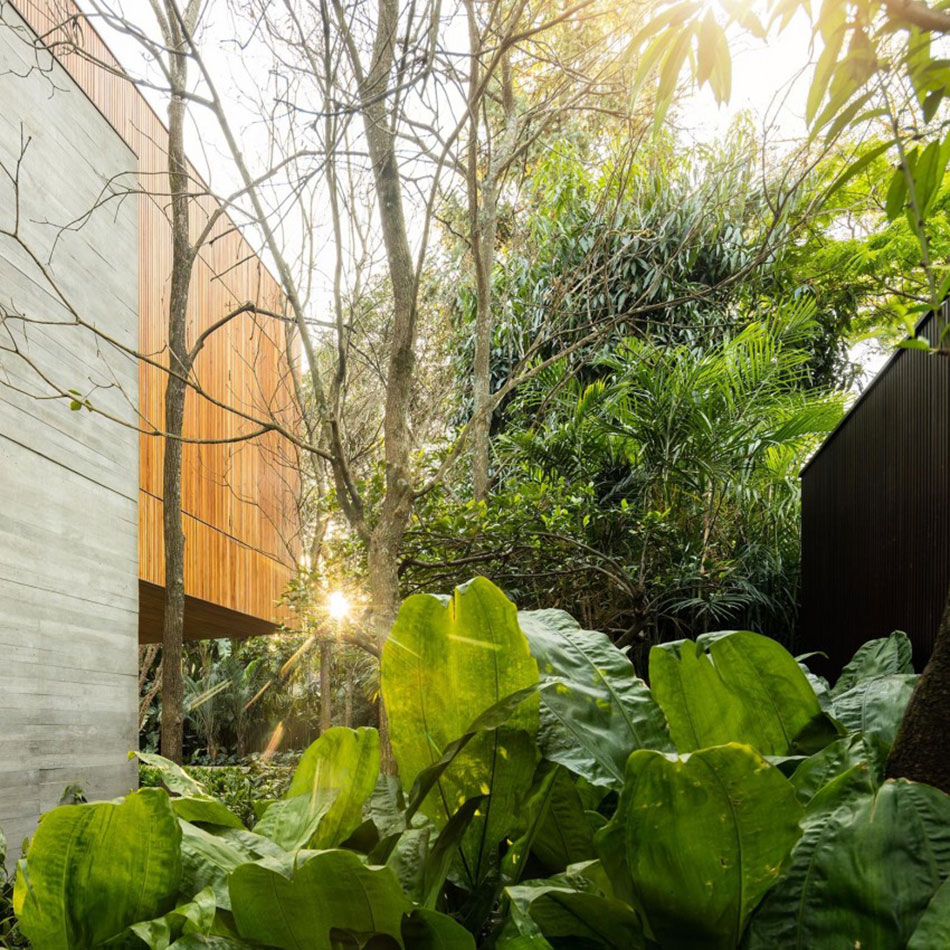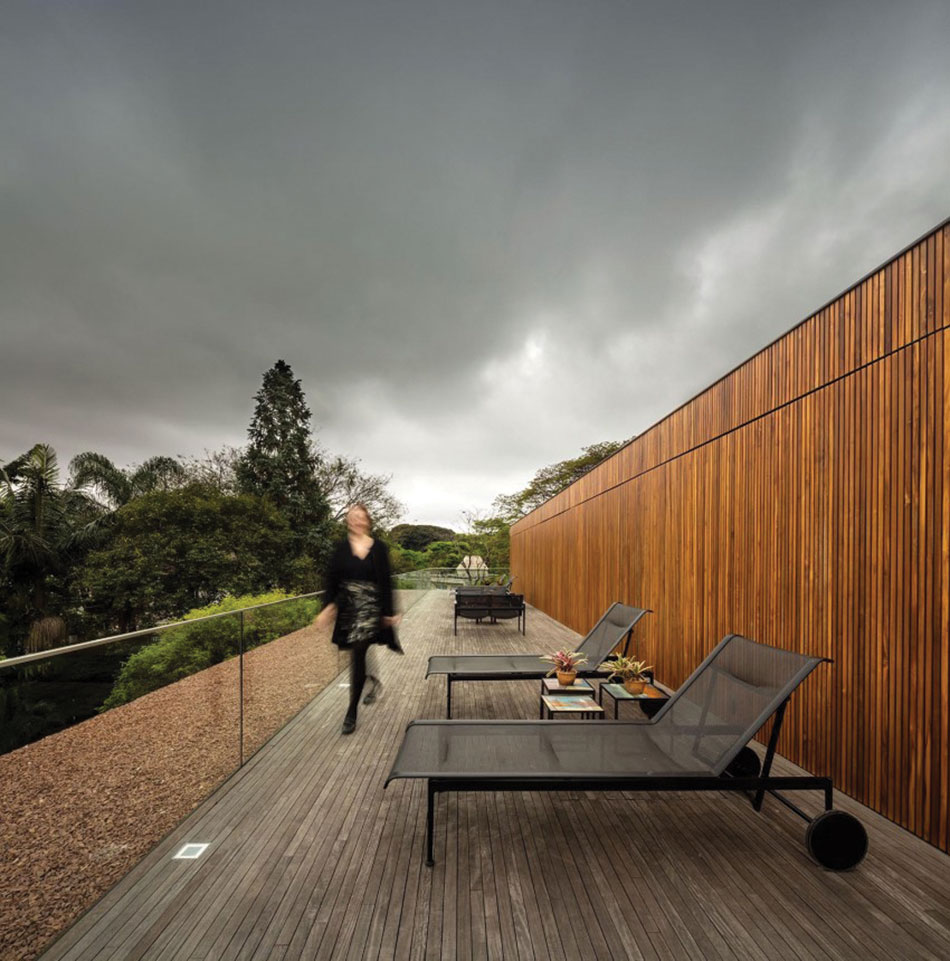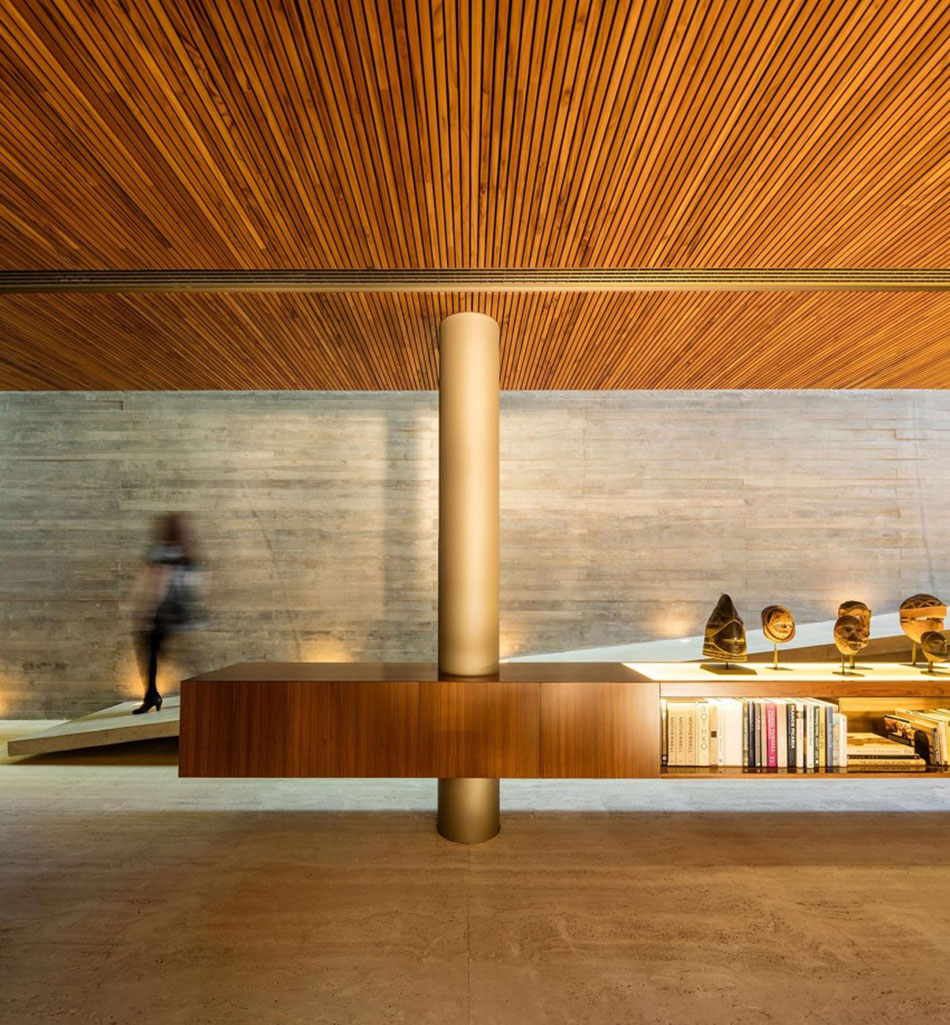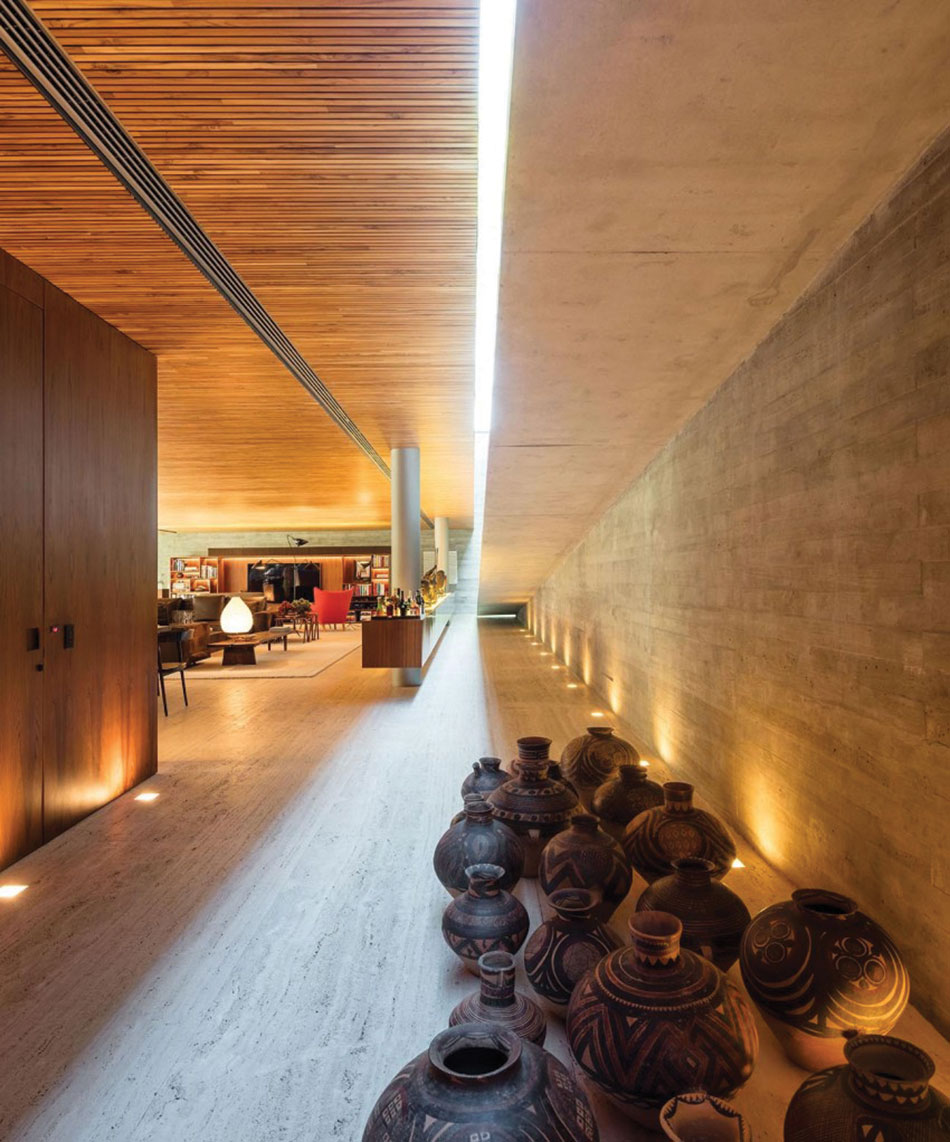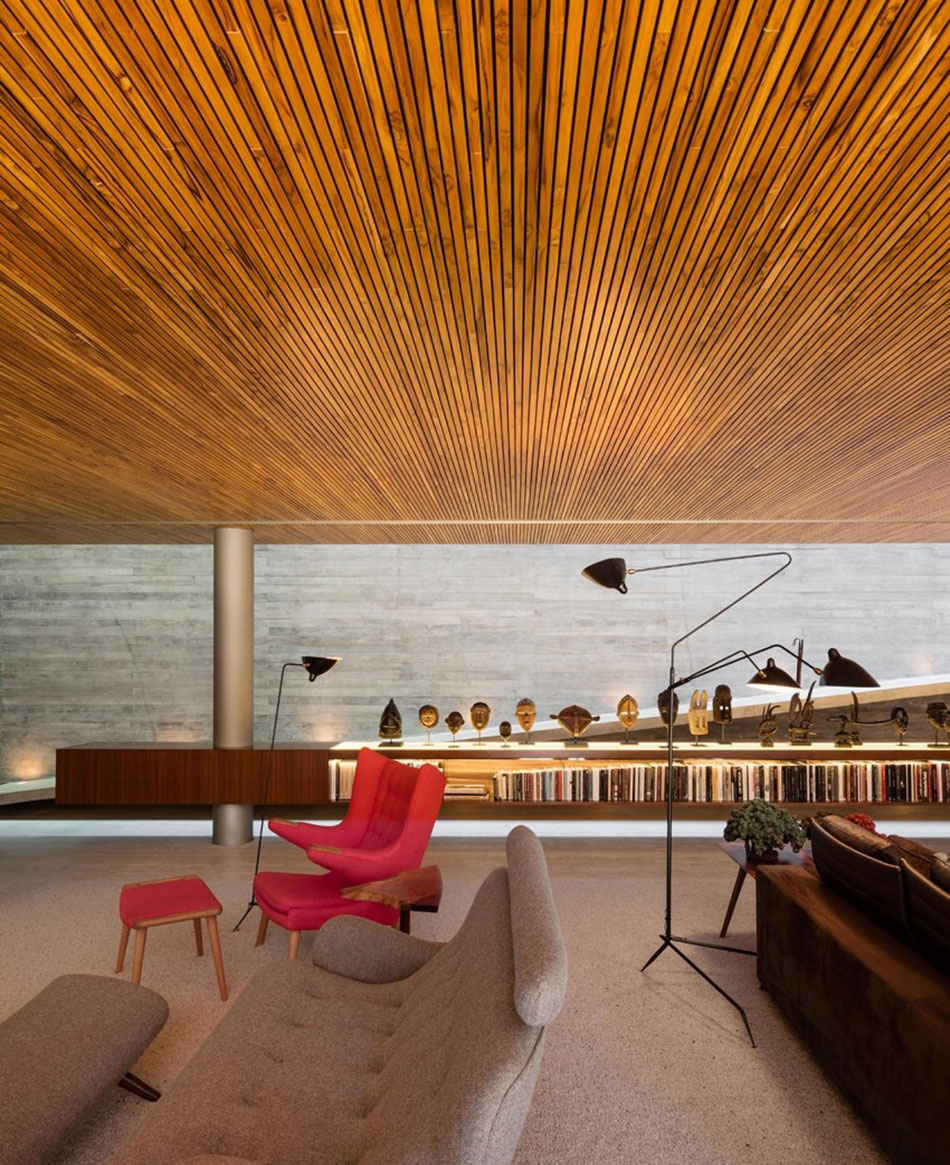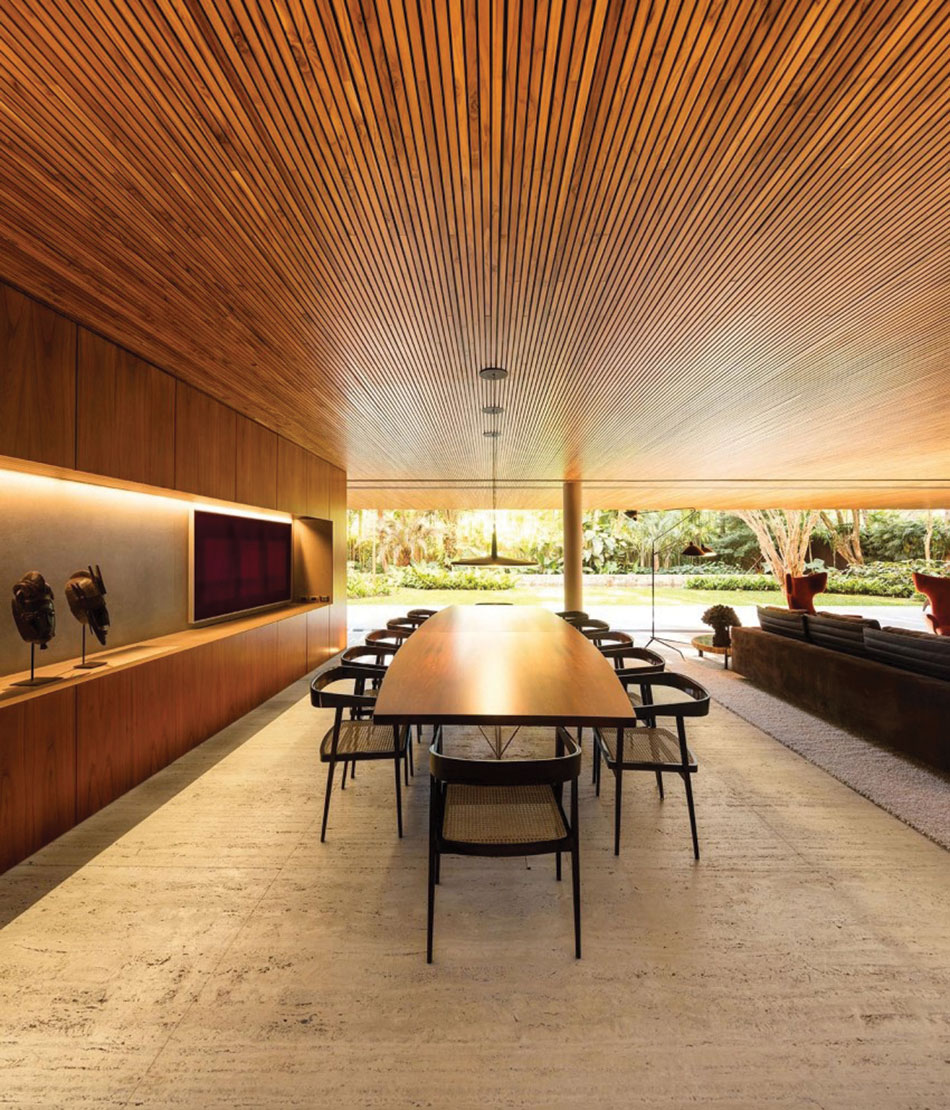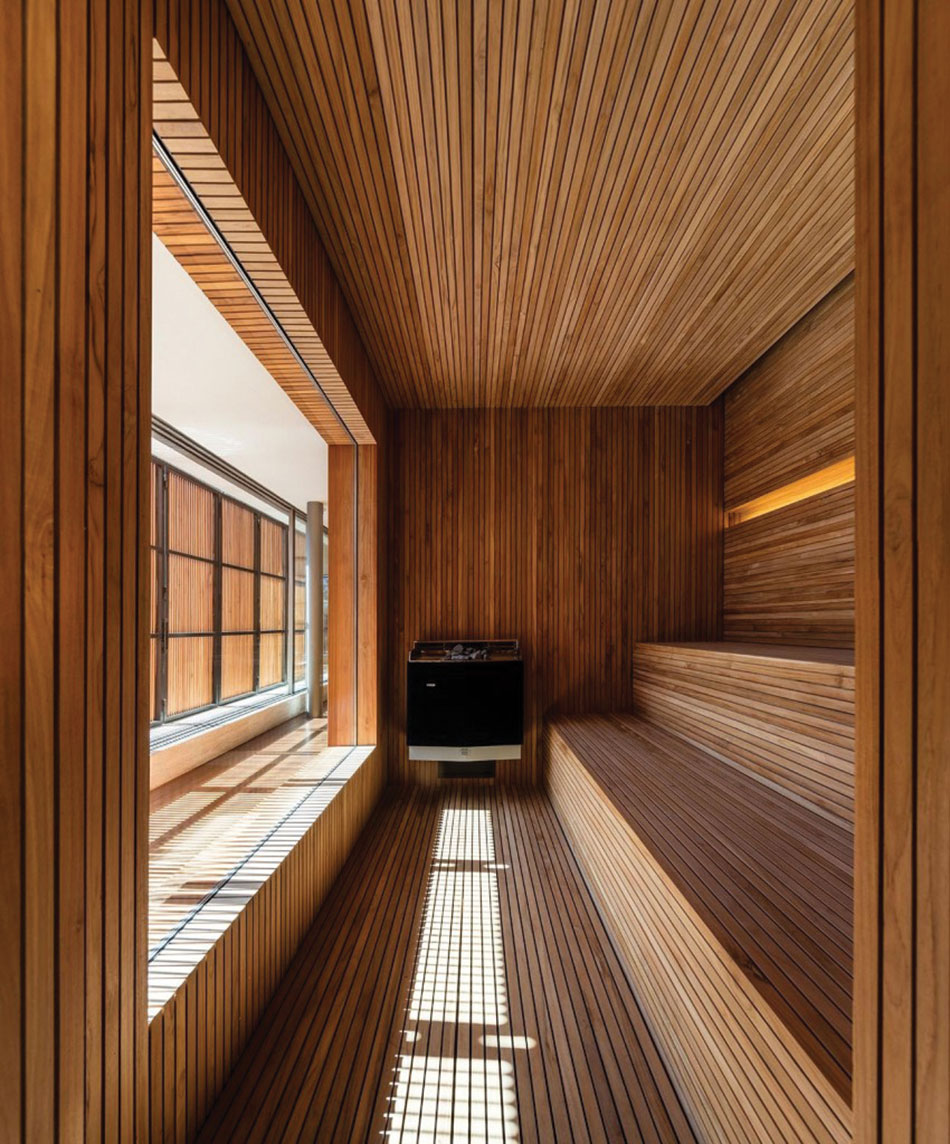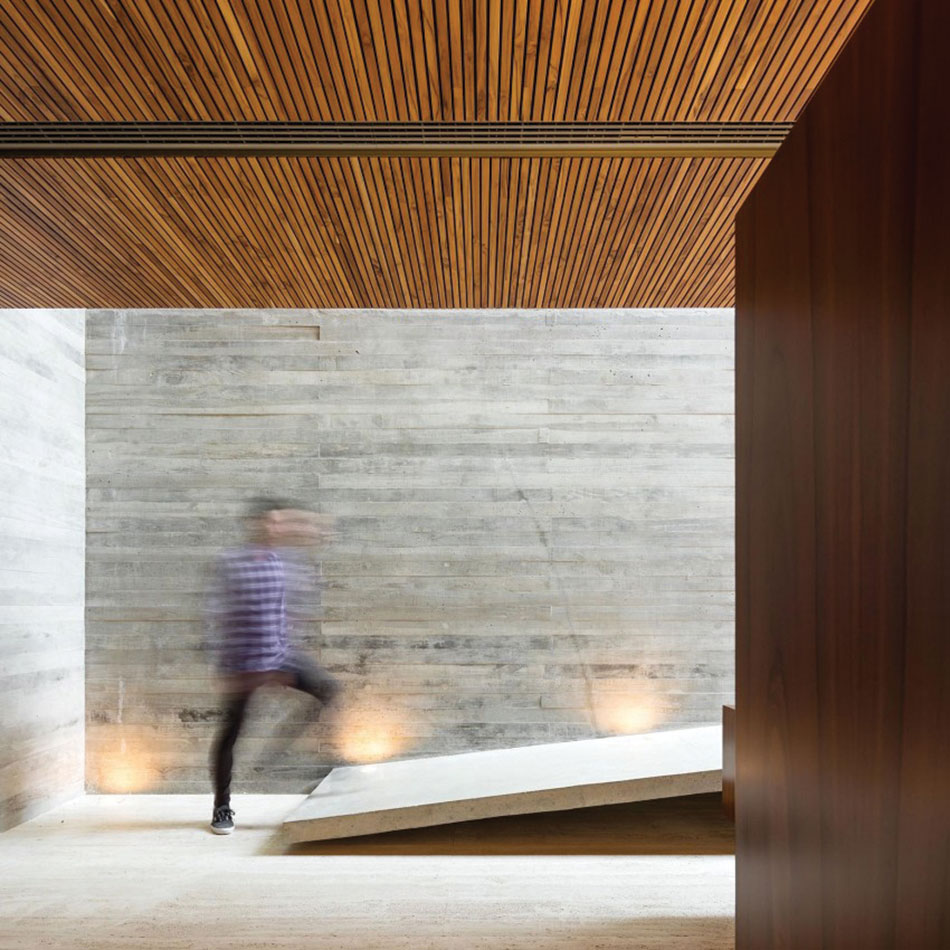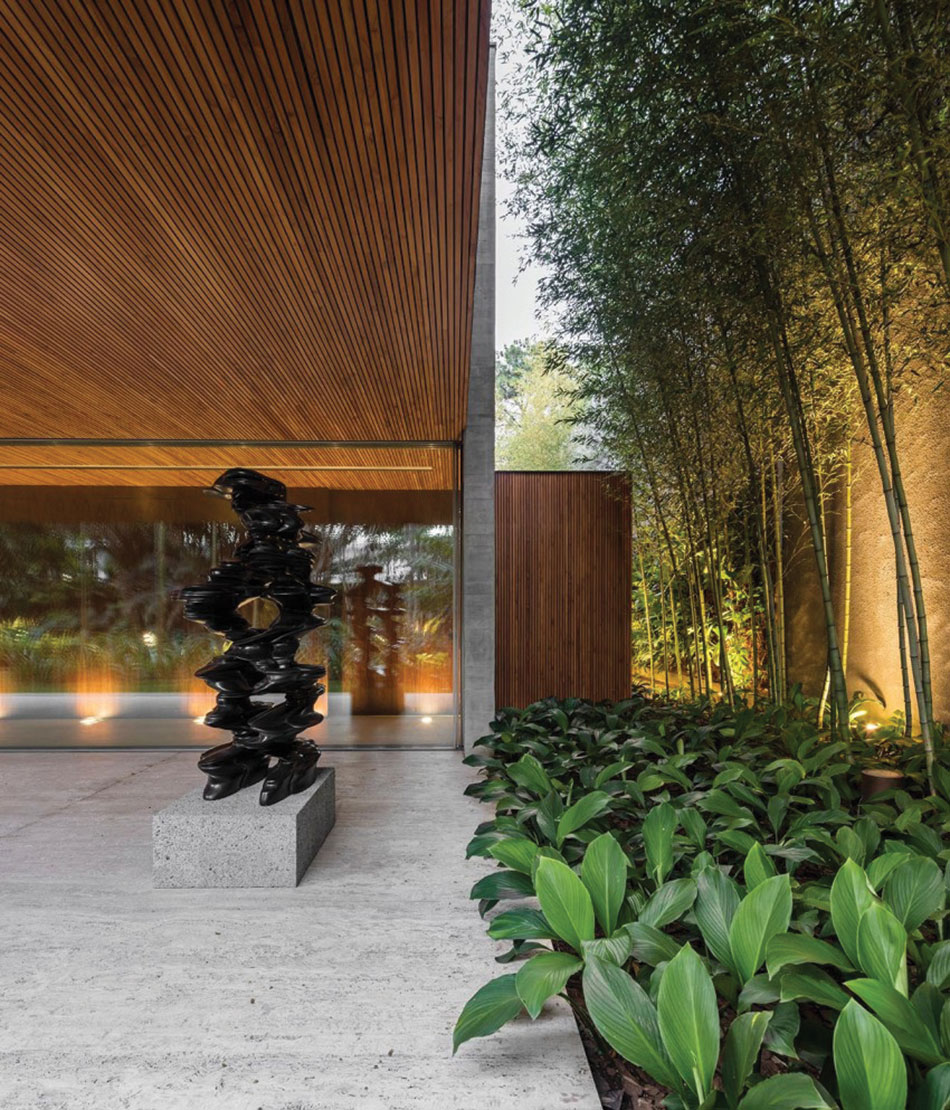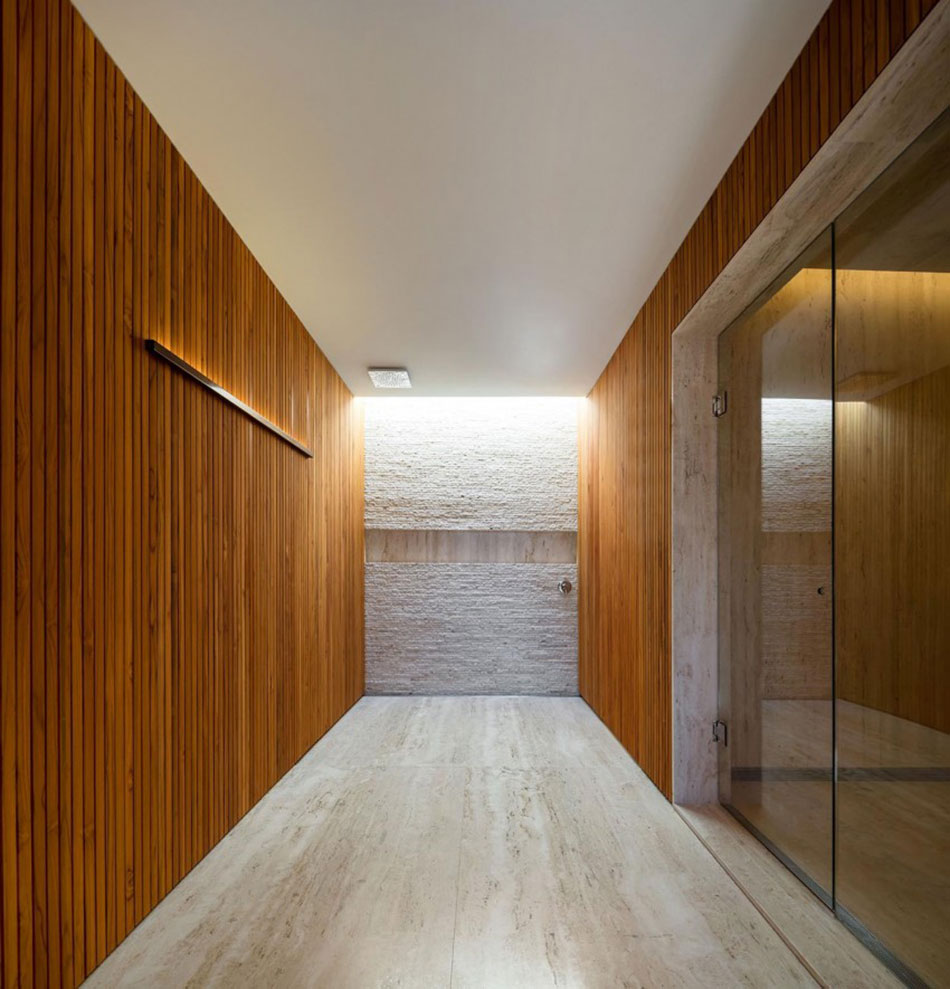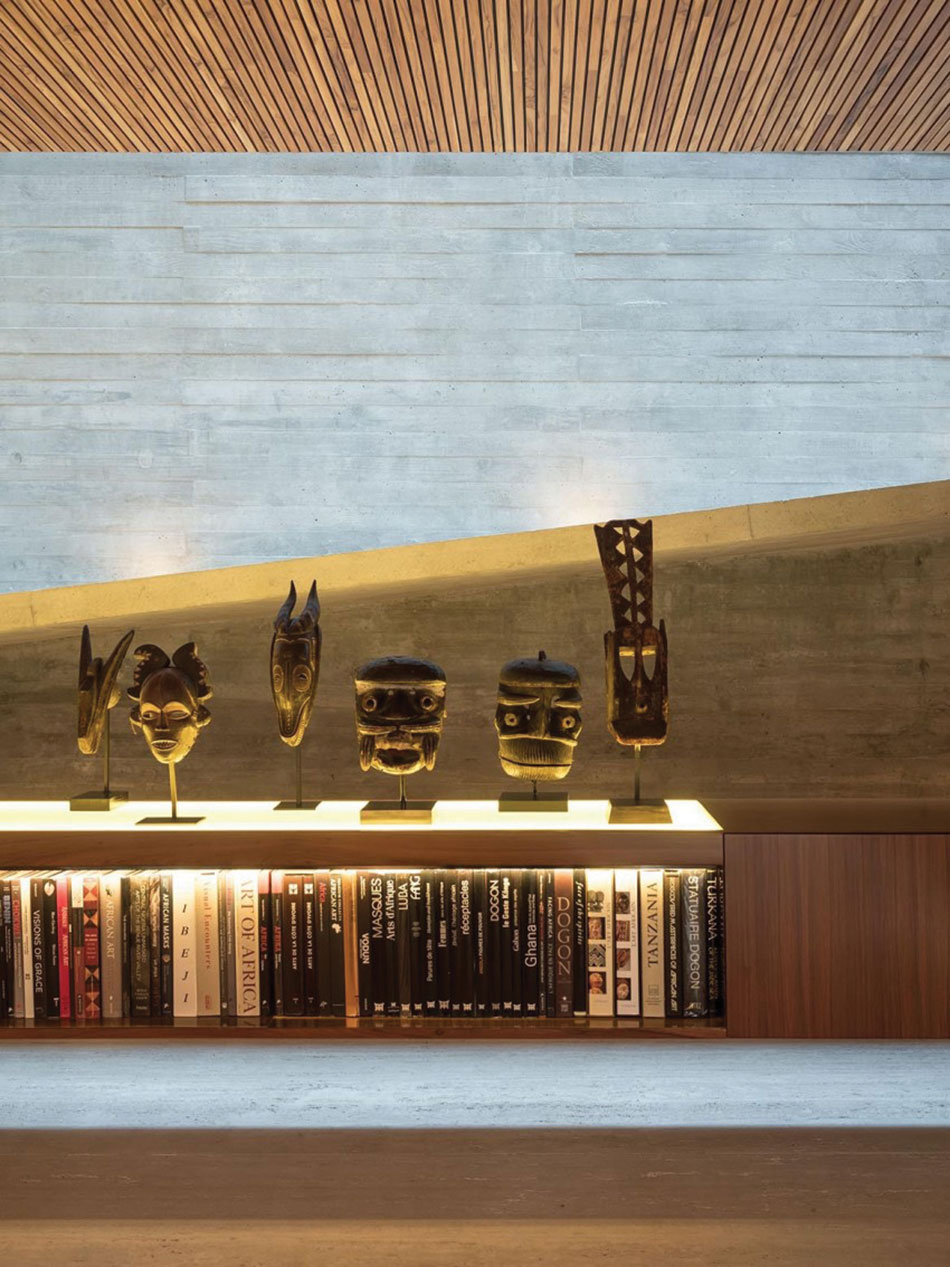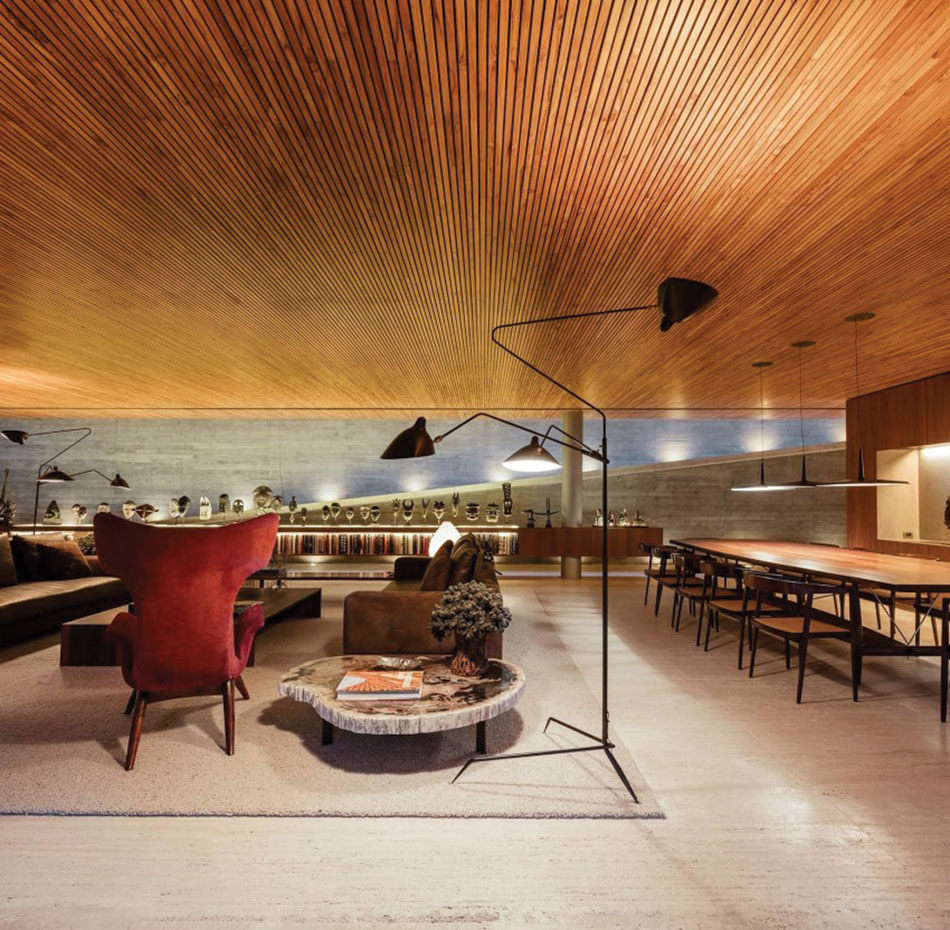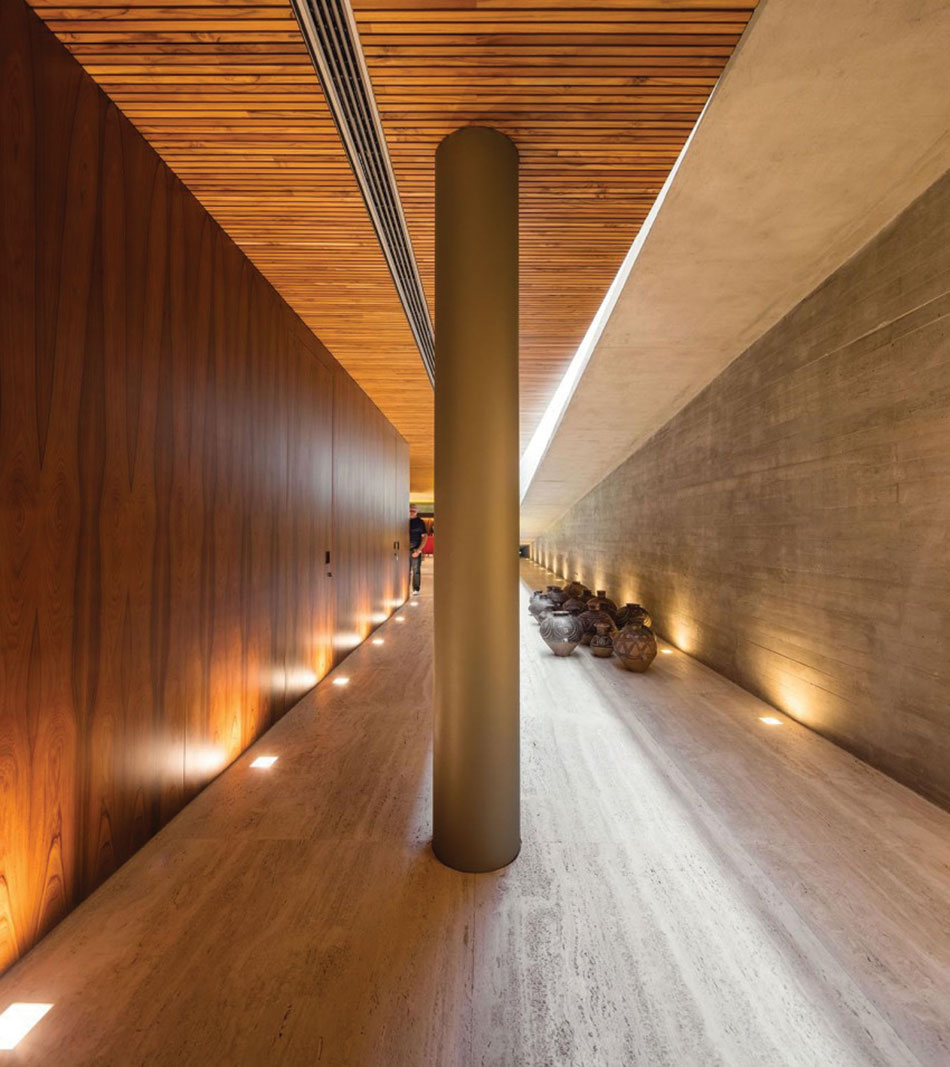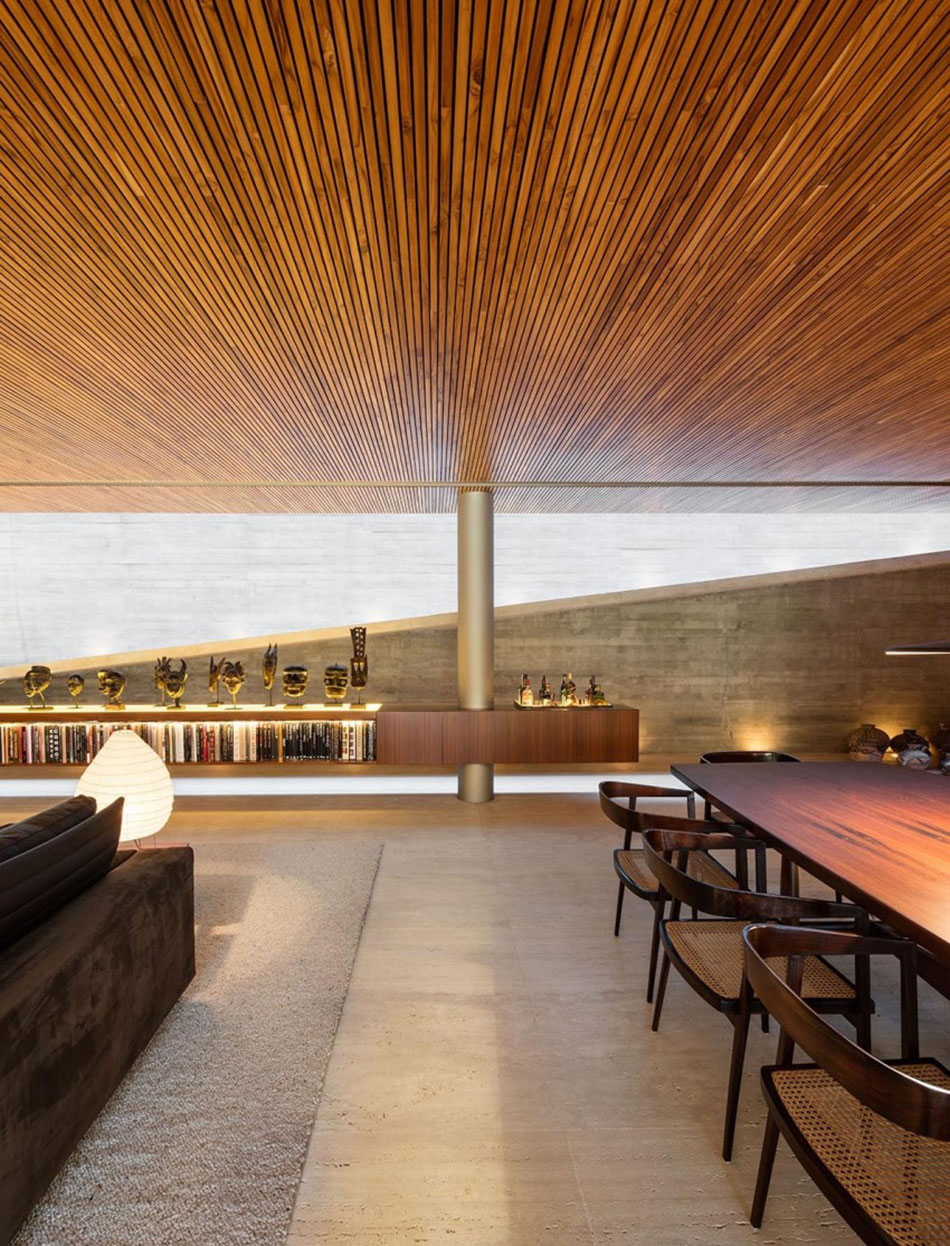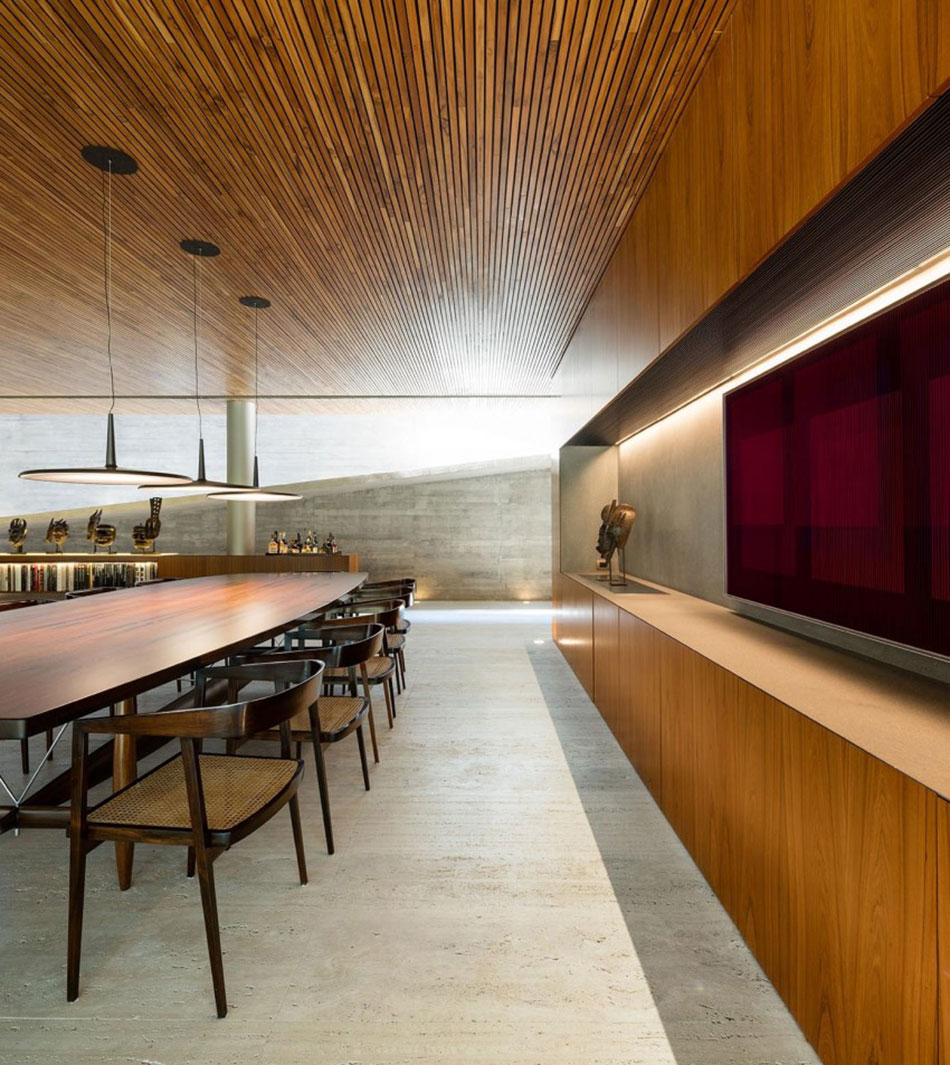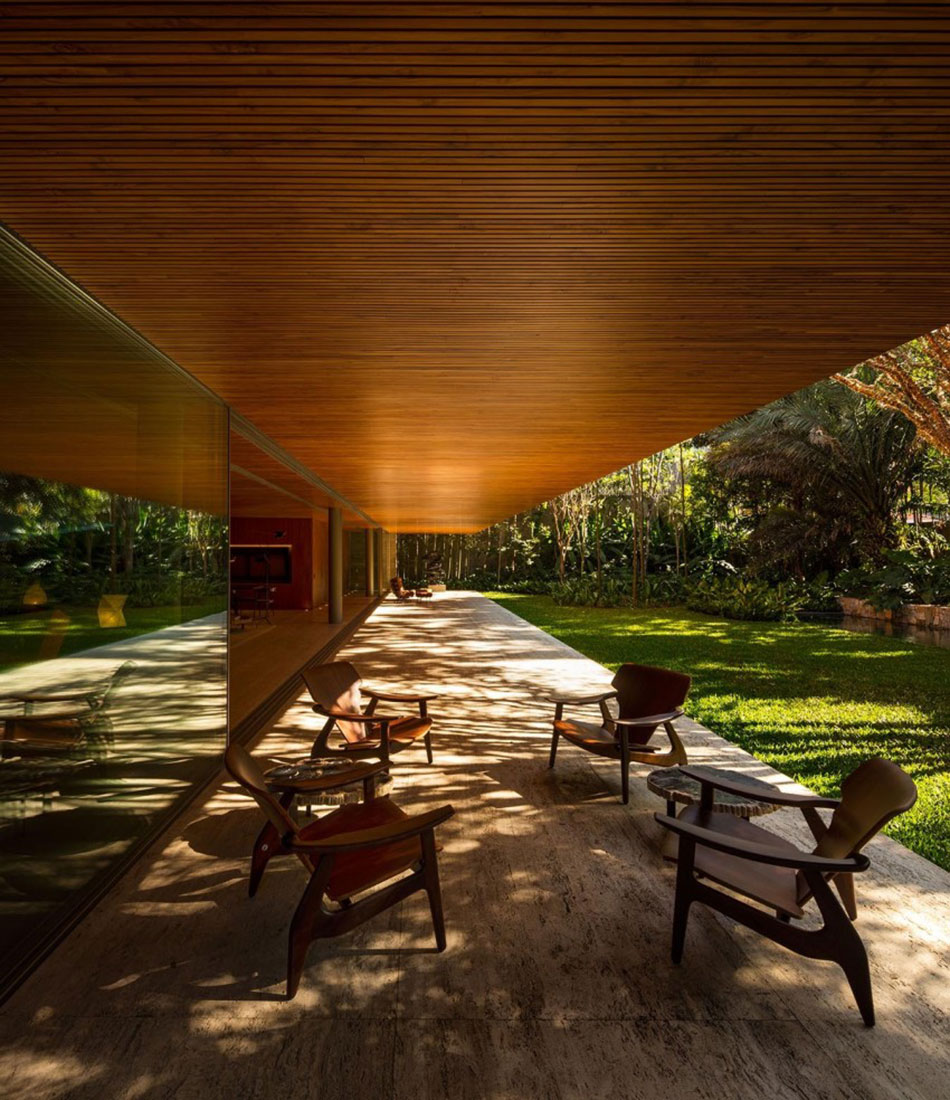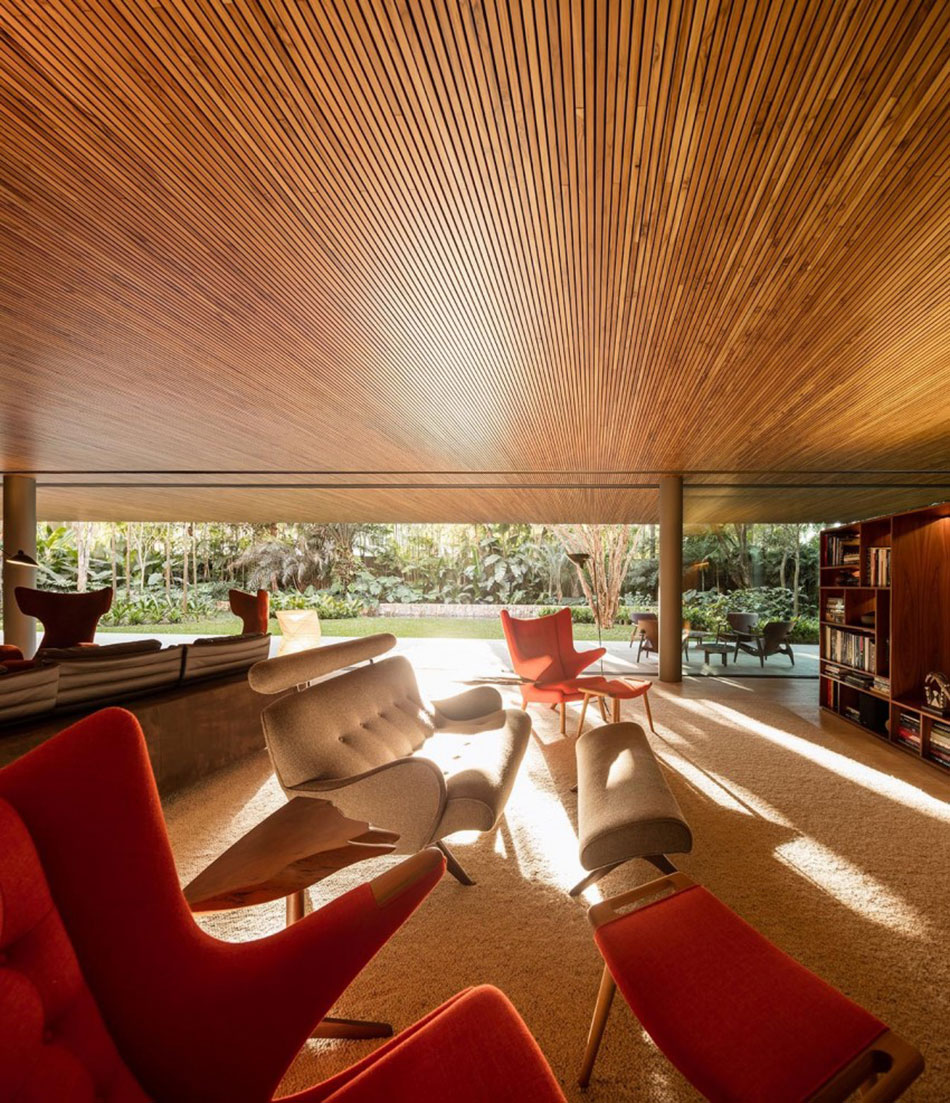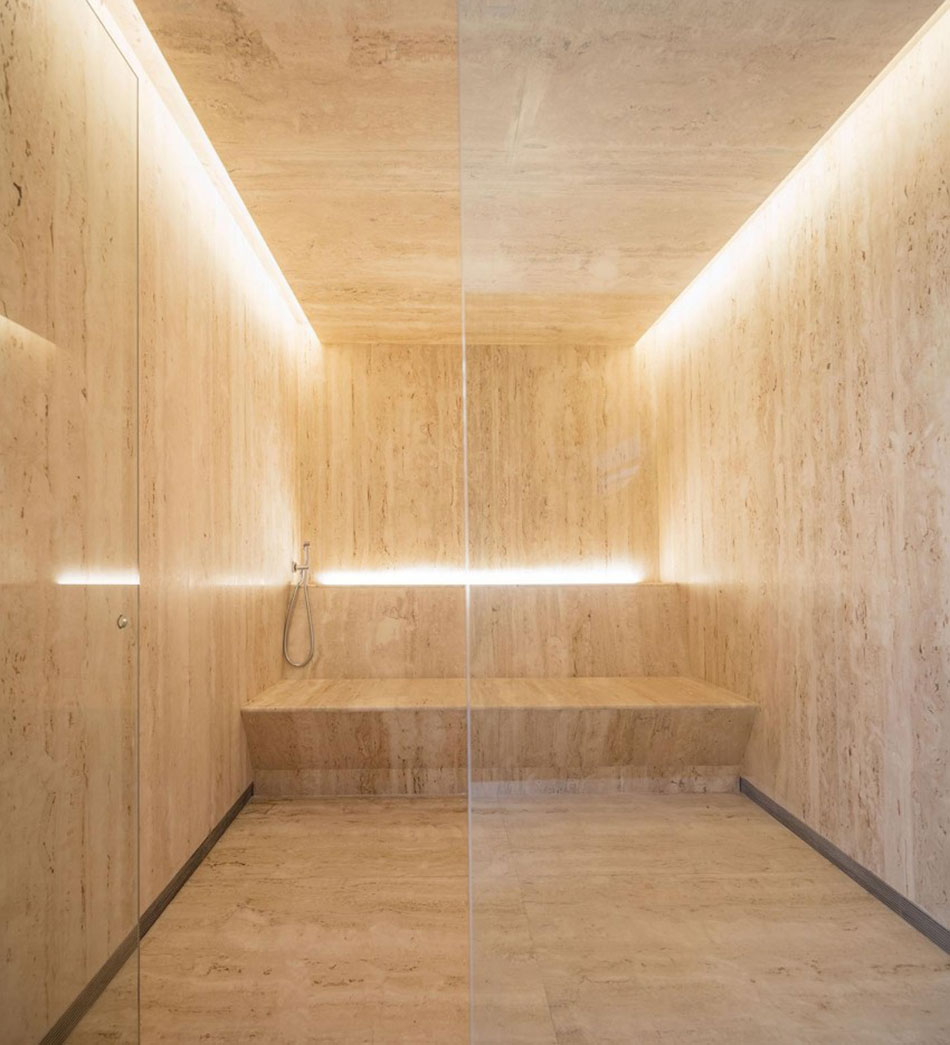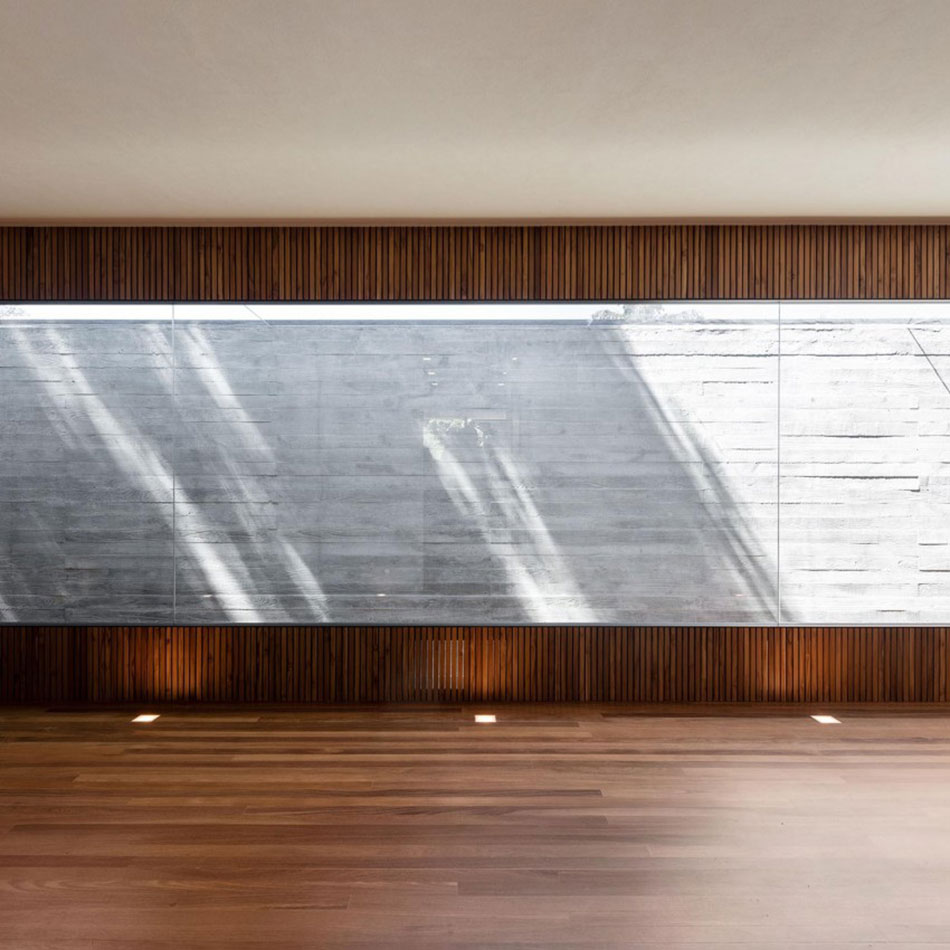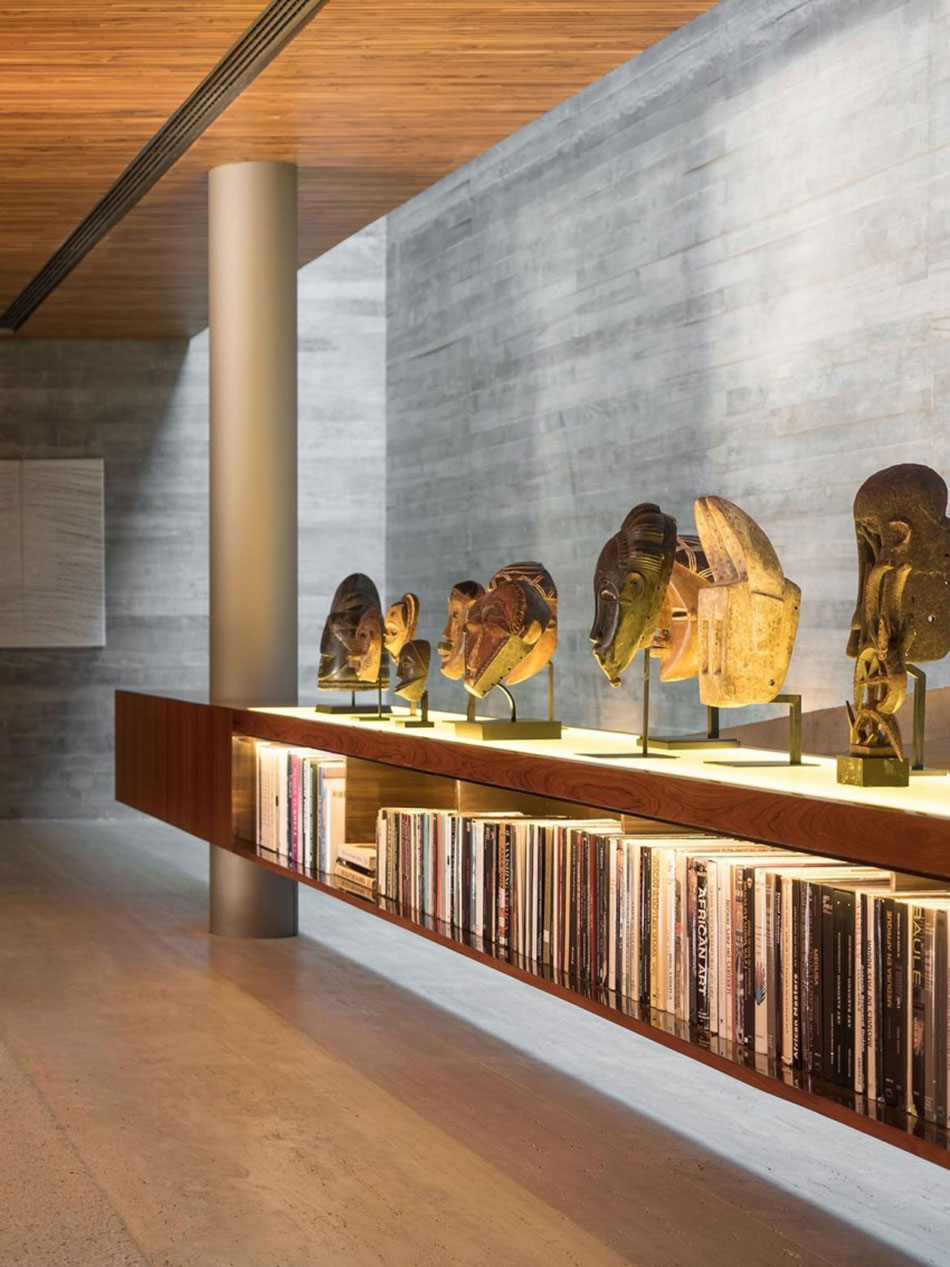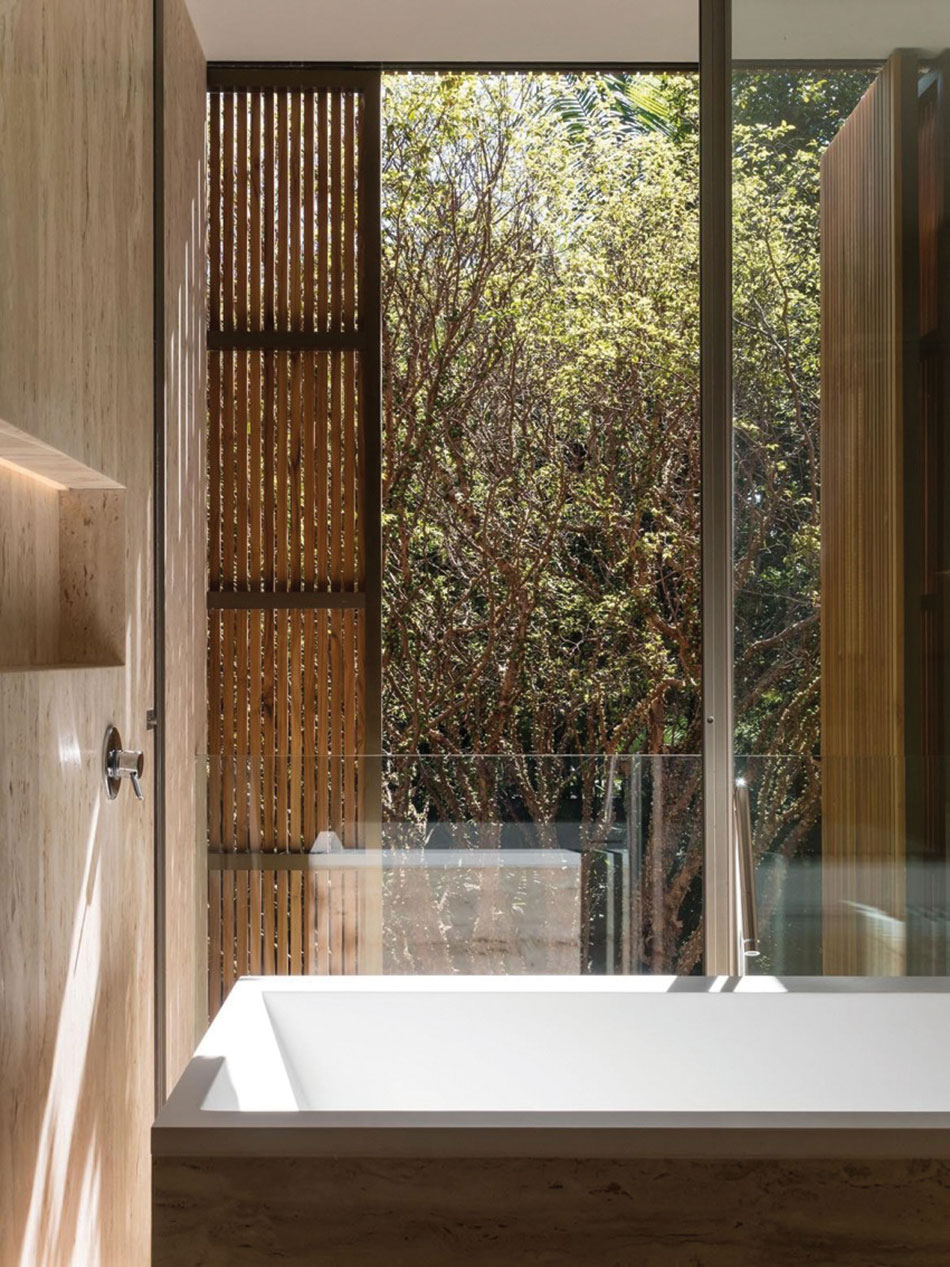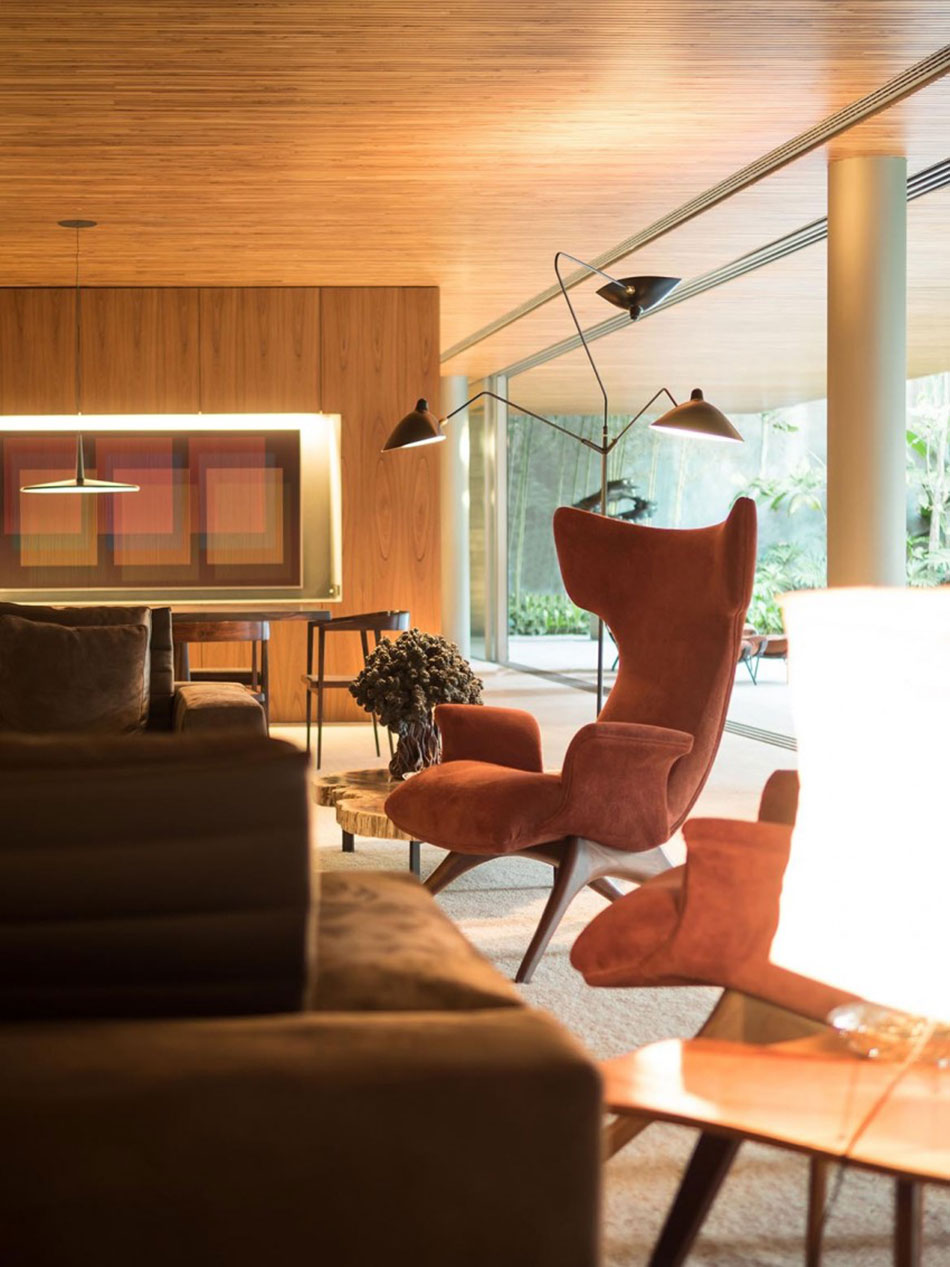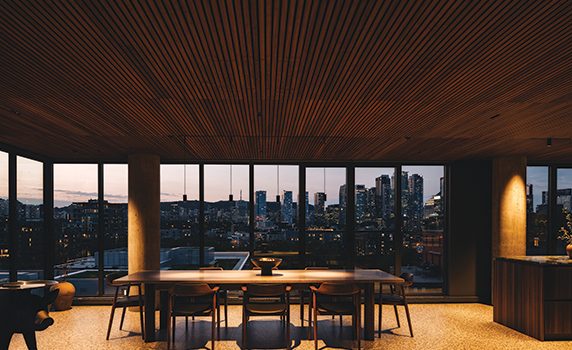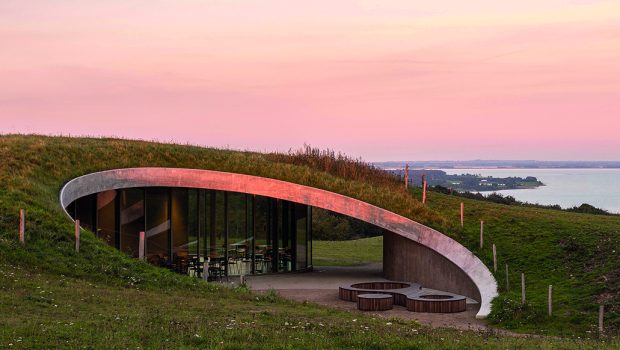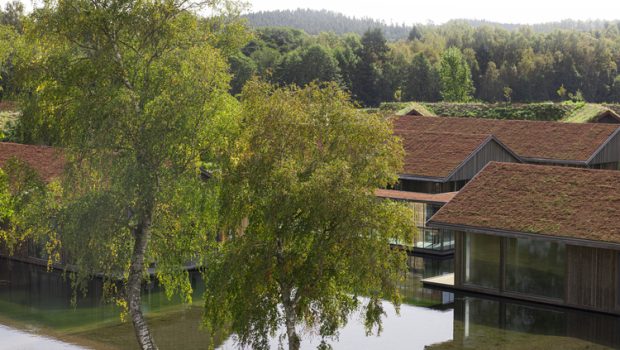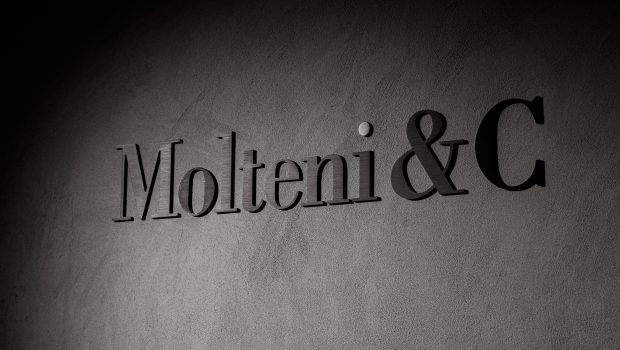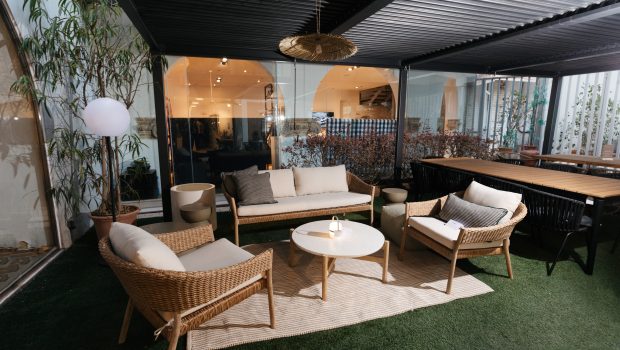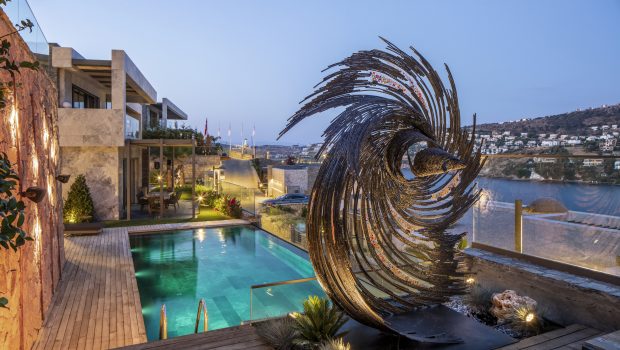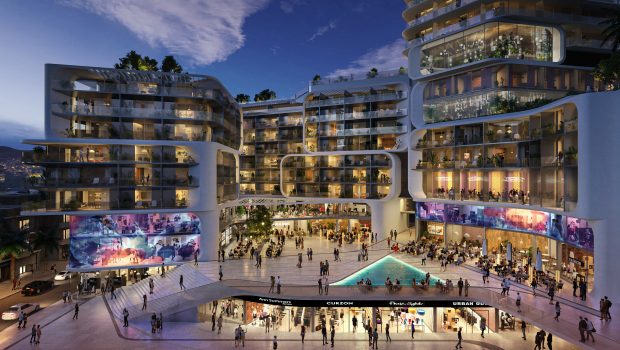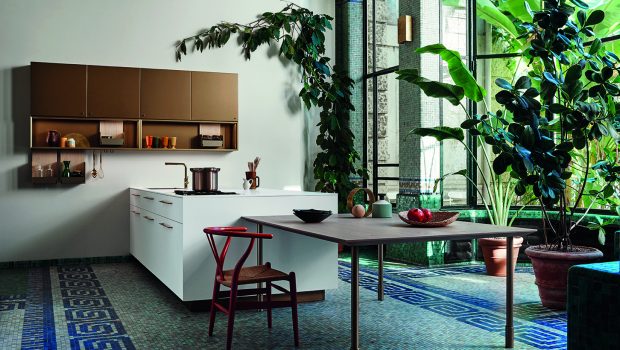Spatial Transitions
Spatial continuity between inside and outside by Architect Marcio Kogan in São Paulo
Photography: Fernando Guerra | FG+SG Words: Studio mk27 Architect: Marcio Kogan
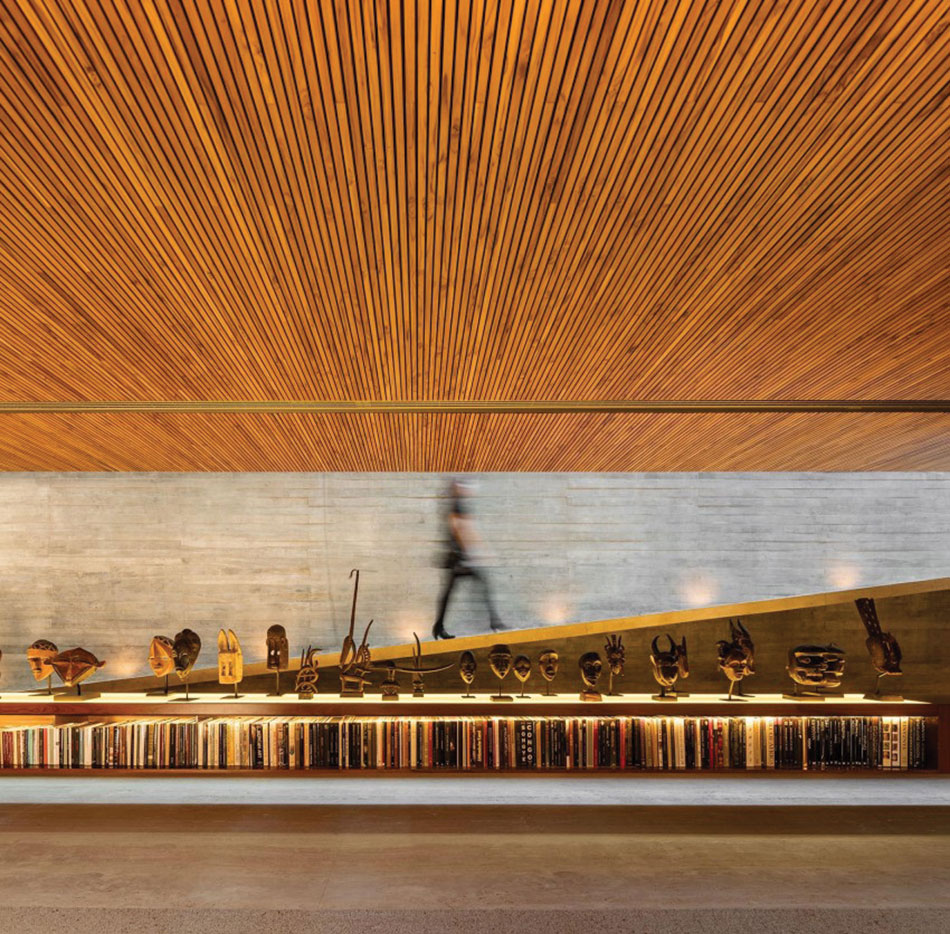
An important collection of African art rests on the wooden sideboard in the living room of Ramp House, located in a quiet garden-neighbourhood in São Paulo. The owners intend to convert the place into a cultural foundation in the future, thus the antique pieces, collected over the last decades, have determined the architectural design approach for the house. The use of the social spaces reveal the African masks in a delicate exhibition experience, in which art blends with everyday objects and domestic life merges with the historical pieces without the feeling of living in a museum.
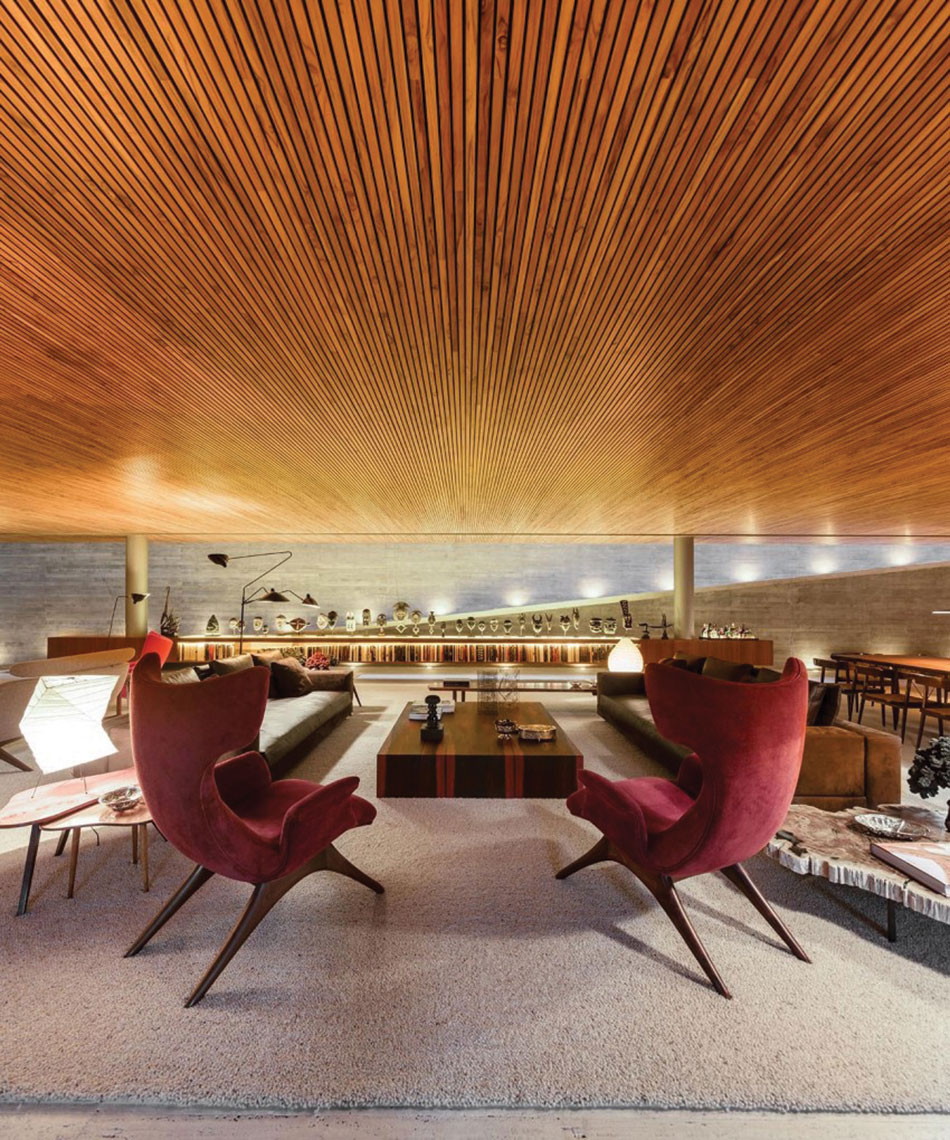
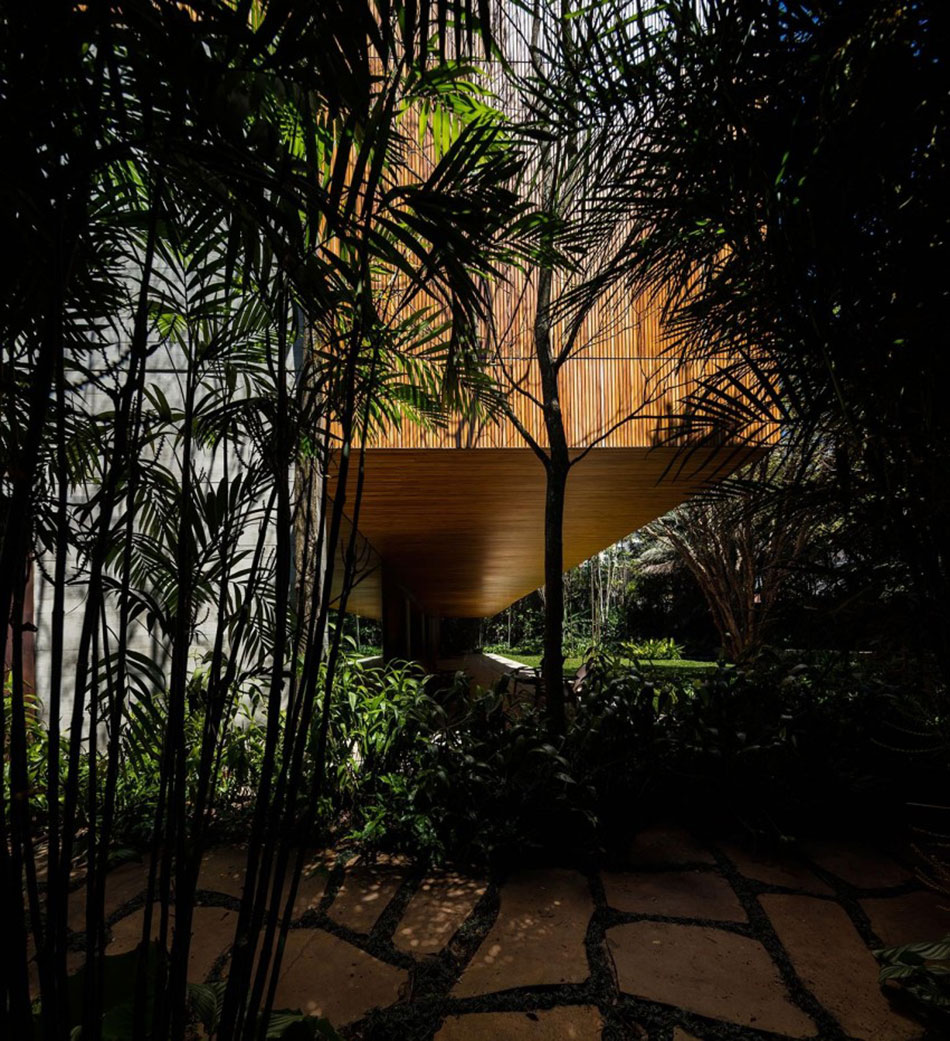
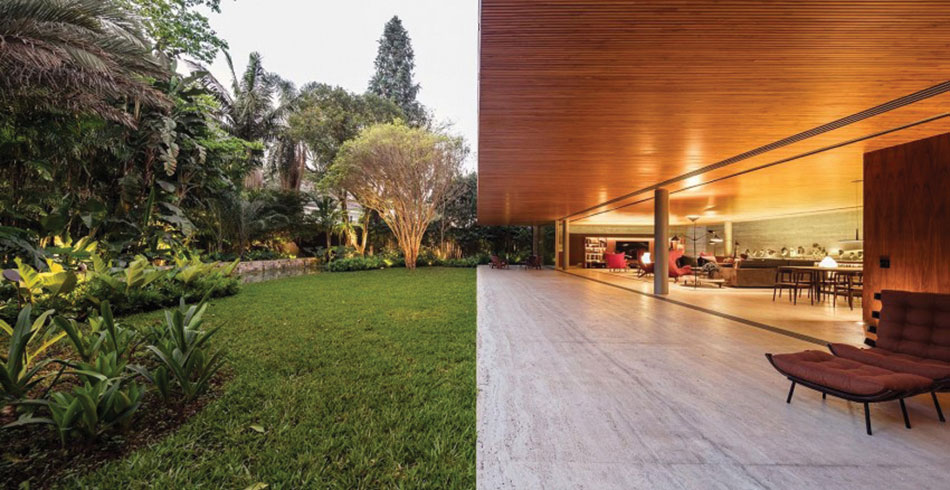
A 25.50 metre-long ramp connects the living room on the ground floor with the bedrooms on the first floor, where the small home offices are already located. This organises the internal architectural promenade and allows for observing the spaces from different perspectives. This movement between floors is made smoothly, as an interlude between the collective and the intimate areas.
The architecture of the Ramp House promotes a radical spatial continuity between the interior and exterior – not only through large panes of sliding glass doors that can be fully opened, connecting the living room with the garden – but also through the consistency in usage of the same materials both inside and outside. The wooden facade folds back towards the interior, becoming the roof liner that, in turn, folds again at the hall by the ramp to create an inner facade.
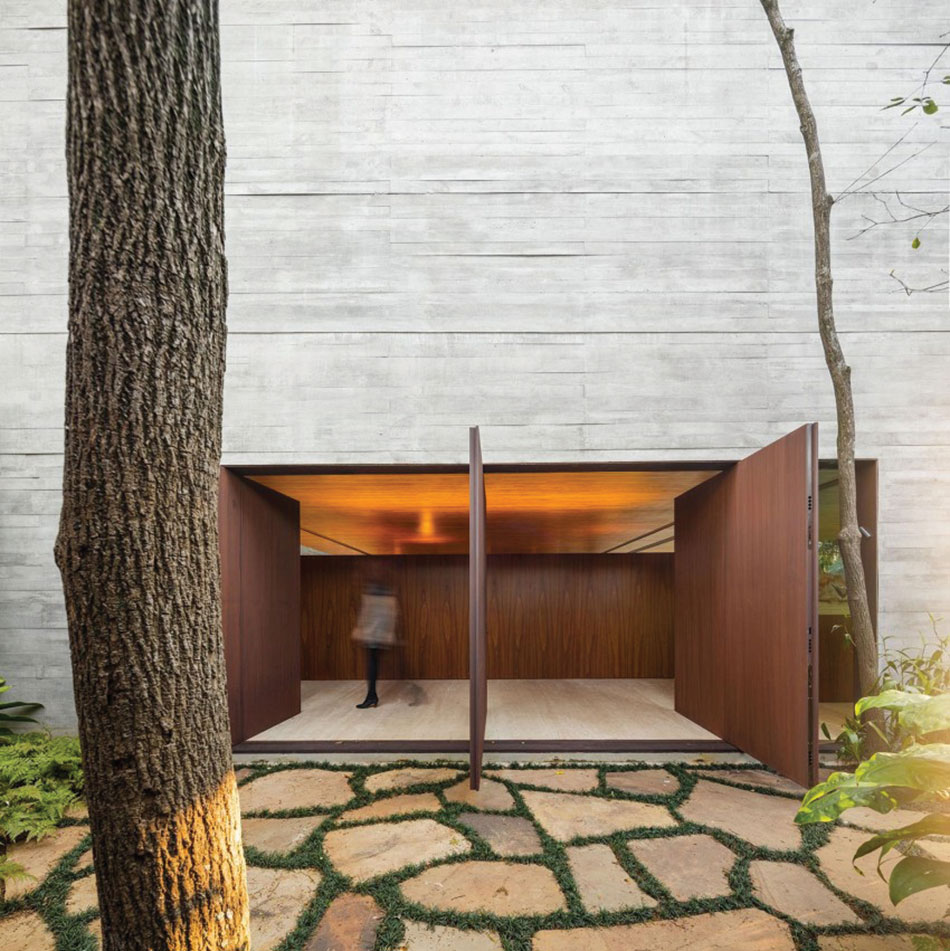
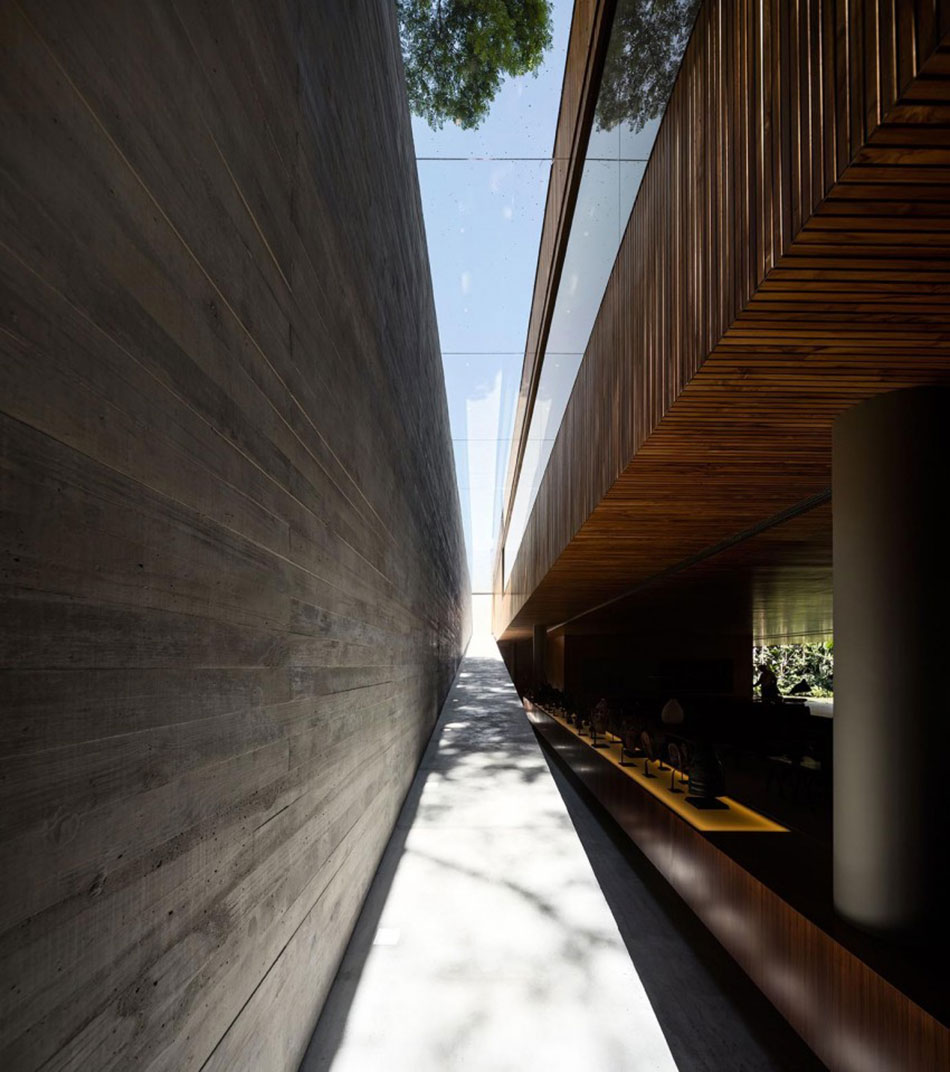
This three-dimensional surface building, a wooden ribbon, determines the structure and the actual volume of the house: a box – made of local Brazilian timber – projecting itself outward from the dense raw concrete sidewalls. Pillars rationally distributed over the internal space complete the structural system and contribute to enabling the large spans of up to 9.7 metres. Setting up the ramp’s background – and of the whole living room – another concrete wall creates an austere, minimalist environment made with raw and natural materials. The timber on the roof lining also helps to complete the spatial feeling of cosiness in the room.
The 4 metre-wide veranda facing the garden under the cantilever works as a gradation between exterior and interior, and constitutes a covered but open living space, pleasant for usage during hot days. This solution dialogues with the tradition of Brazilian architecture, both colonial and modern, which used historically analogous spaces for spatial transitions.
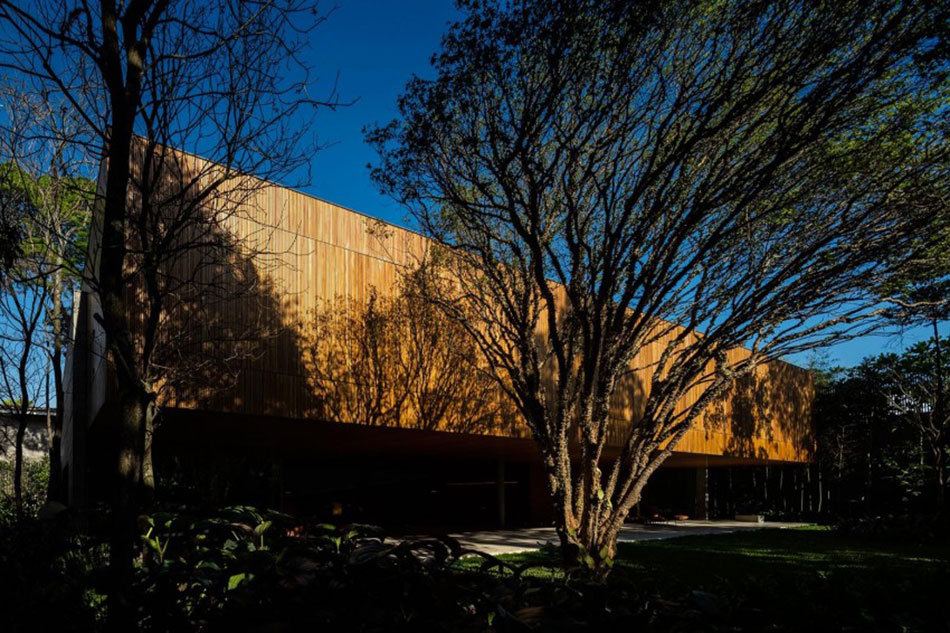
The relationship with the Brazilian architectural culture is also present in the folding wooden panels on the facade. Made of small brises-soleil (2cm wide and 7mm spacing), these elements allow for the shading of the bedrooms, with continue air circulation. The result is thermally pleasant internal spaces throughout the year.
The decor and interior design was conceived as a fundamental part of the architecture. The piece of furniture that holds the African masks in the living room, for example, had to have its own specific structural design to enable it to have the same clear span as the pillars (9.7m). The chairs, armchairs and tables mix old and new pieces by local Brazilian designers – such as Joaquim Tenreiro, Sergio Rodrigues – as well as international ones – such as Vladimir Kagan and George Nakashima – in order to highlight the architecture of the house and the artwork.
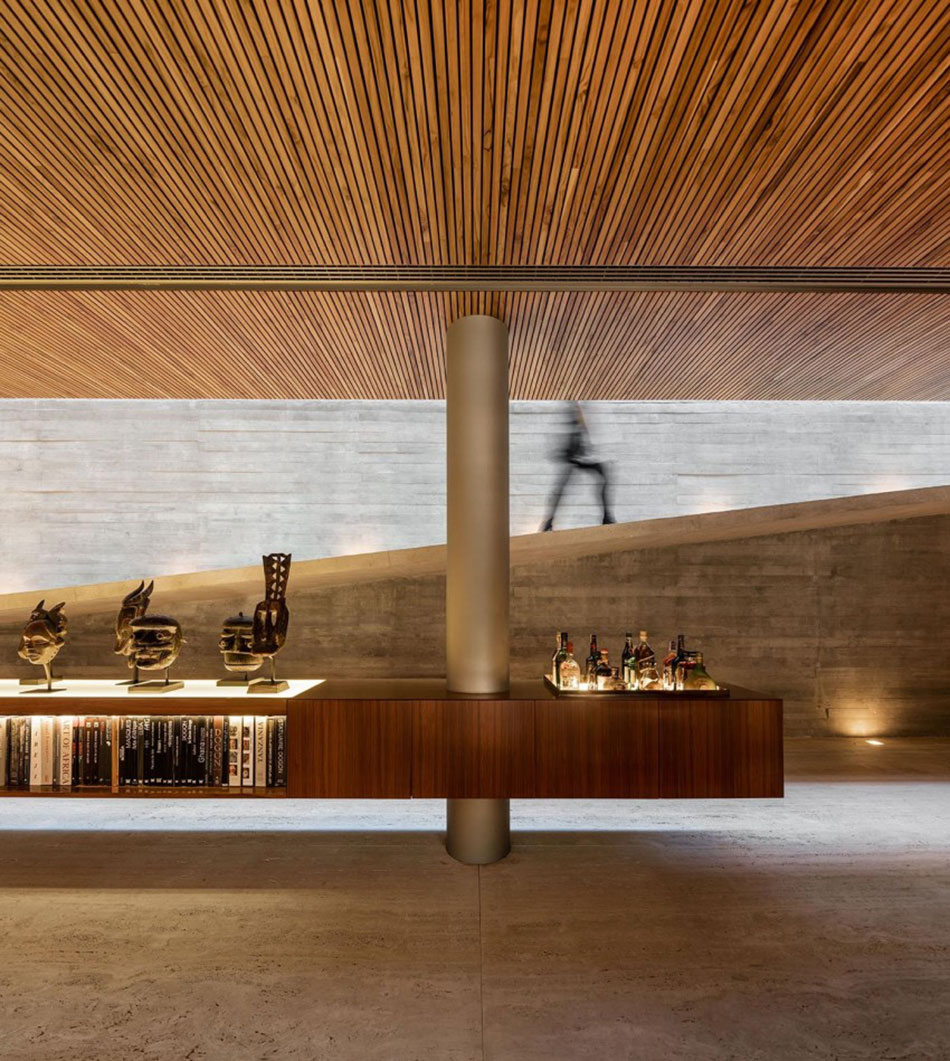
The Ramp House project favoured the spatial continuity between inside and outside, the precise use of natural and raw materials and, above all, the possibility to delicately exhibit the beautiful art collection as true architectural elements that organises the promenades. The spaces – free and continuous – can easily be rearranged in the future to transform the house into an institution dedicated to the collection.
